Vedanta is the "end of the Vedas" or Upanishads, which the Brahmans got from the Warrior Kings. This "is" the esoteric tradition in the way that the Vedas are "vessels of Brahmanical secrets about esoterics".
I am only familiar with his student Marija Gimbutas, but this Mackenzie asserts a neolithic matriarchy replaced by a bronze age patriarchy. In doing so, he places the settlement of Britain over 30,000 years ago, which sounds more accurate than the Lost Tribes theory.
Part of his evidence is The Gundestrup bowl "on which the Celtic god, Cernunnos, is postured like a typical Buddha".
From the Nepali view, I might think I am seeing Pashupati.
In the Buddhist view, the primary attribute is the right hand, being a torc or serpent returned to itself, also worn on the neck, indicating throat energy. He shares an aura with his mount, a stag, which indicates the way in which the deity interacts with the world, and it is in the Family of Taurus. The other side looks like a cycle including a man on fish which we would assume as Matsya avatar.
Father Tertullian informs us the Gospel had been accepted outside Rome.
At this point in time, his church is a relatively limited bishopric, and the next main part of the plot is bringing more bishops into the fold.
If Nag Hammadi is any clue, I cannot place a limit on how many Gospels or streams of transmission there may have been. I think St. Patrick of Ireland is said to have come from an extra-Roman jurisdiction. I just don't know any examples of this like you have Thomas in India. Because Pilate had a Caledonian guard corps, they had not just access to Palestine but outright favoritism. With Joseph is also the question about Mary Magdalene at Marseilles and so on. Bart Ehrman is a good starting point for Gospel questions. There probably is something to this, and it probably gets scrubbed before long.
Gaulic druidry flourished at Alesia and Bibractis and continued until Arles, 270. While not directly related to Gospels, it shows that the Roman way had not been yoked everywhere yet, and France is the first and most important place outside of Rome. Her future will be marked any time any bishops say something different from the Pope.
Mani was a reformer in the situation where Zoroastrianism had already suffered many conflicts and wipeouts and so forth. It seems to me that his material was lifted out of Persia and used to create the "Devil" that exoteric religion relies on. So B. P. Wadia gives the esoteric explanation about this. Essentially, his story remains the same since old times, but the West took a distortion of Mani and repressed the rest pretty much until Wadia explained it.
The actual Chaldean Magi Abraham and Latin King Saturn have been ground up into a Canaanite volcano protector, whose devilish arch enemy is a distortion of Ahriman, sweetened by a few Jews accepting the messiah. Judaism for the goyim. This sums up the Tertullian formula, soon to be added to the divine rights of kings.
We say the Vedas themselves are the oldest written record of the tradition from Central Asia. It is accepted that geologically during the last Ice Age, the interior Tibetan glaciers were, of course, growing, but there was a massive amount of snow melt on its frontiers, and today's deserts were then paradises. The last bit of it did not dry out until the sixth or seventh century.
Is this "Proto-Indo-European"? I saw a language study that suggested that instead of being guttural grunts or some kind of childish caveman squawking, this language was poetic.
Similarly to how inflectional languages change their meaning with the rising or falling of the voice, the speech of this language took place as poetry if not outright song.
Indo-European language theory is inseparable from supposing Avestan Zaratustra is a parallel stream of Sanskrit Agni Hotri, which, from their own internal statements and general evidence, would seem to stem from this common root of Central Asia. In the face of geological change, the newly prepared area was Nepal. In essence this being the primordial "flood myth" from which others derive. This is rather clandestine and the relatively close urbanized equivalent is Kashi--Benares at Varuna River.
- Home
- Forum
- Chat
- Donate
- What's New?
-
Site Links

-
Avalon Library

-
External Sites

- Solari Report | Catherine Austin Fitts
- The Wall Will Fall | Vanessa Beeley
- Unsafe Space | Keri Smith
- Giza Death Star | Joseph P. Farrell
- The Last American Vagabond
- Caitlin Johnstone
- John Pilger
- Voltaire Network
- Suspicious Observers
- Peak Prosperity | Chris Martenson
- Dark Journalist
- The Black Vault
- Global Research | Michael Chossudovsky
- Corbett Report
- Infowars
- Natural News
- Ice Age Farmer
- Dr. Joseph Mercola
- Childrens Health Defense
- Geoengineering Watch | Dane Wigington
- Truthstream Media
- Unlimited Hangout | Whitney Webb
- Wikileaks index
- Vaccine Impact
- Eva Bartlett (In Gaza blog)
- Scott Ritter
- Redacted (Natalie & Clayton Morris)
- Judging Freedom (Andrew Napolitano)
- Alexander Mercouris
- The Duran
- Simplicius The Thinker






 Reply With Quote
Reply With Quote






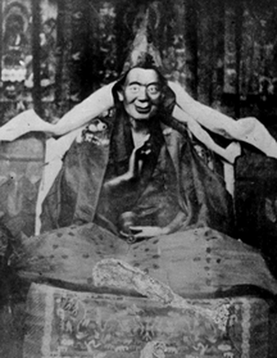
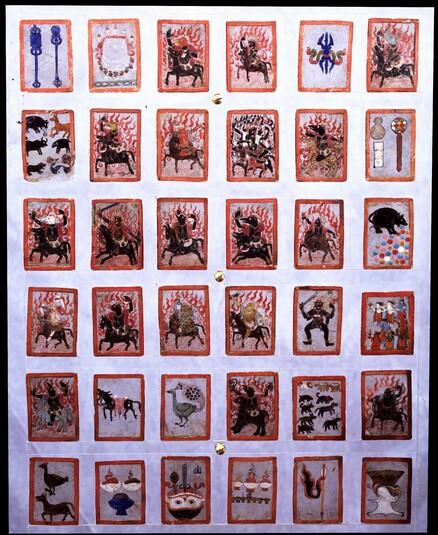
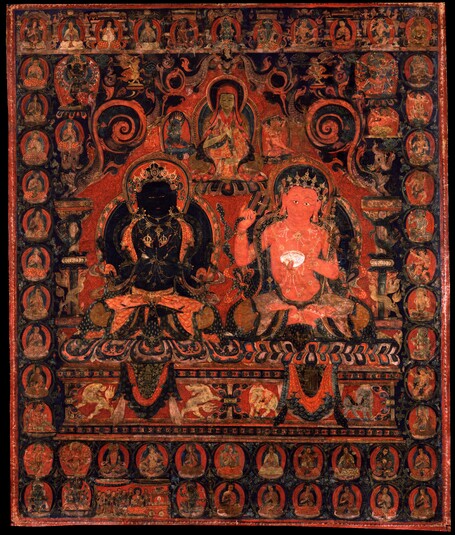
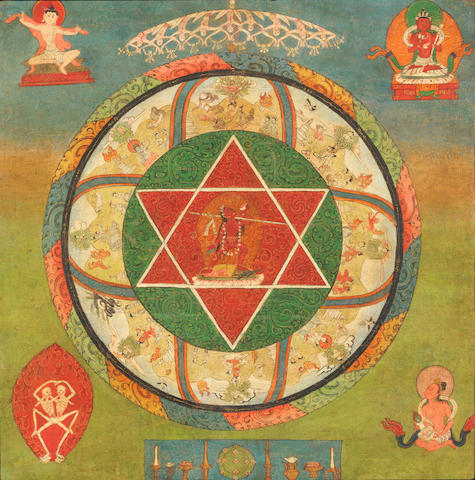
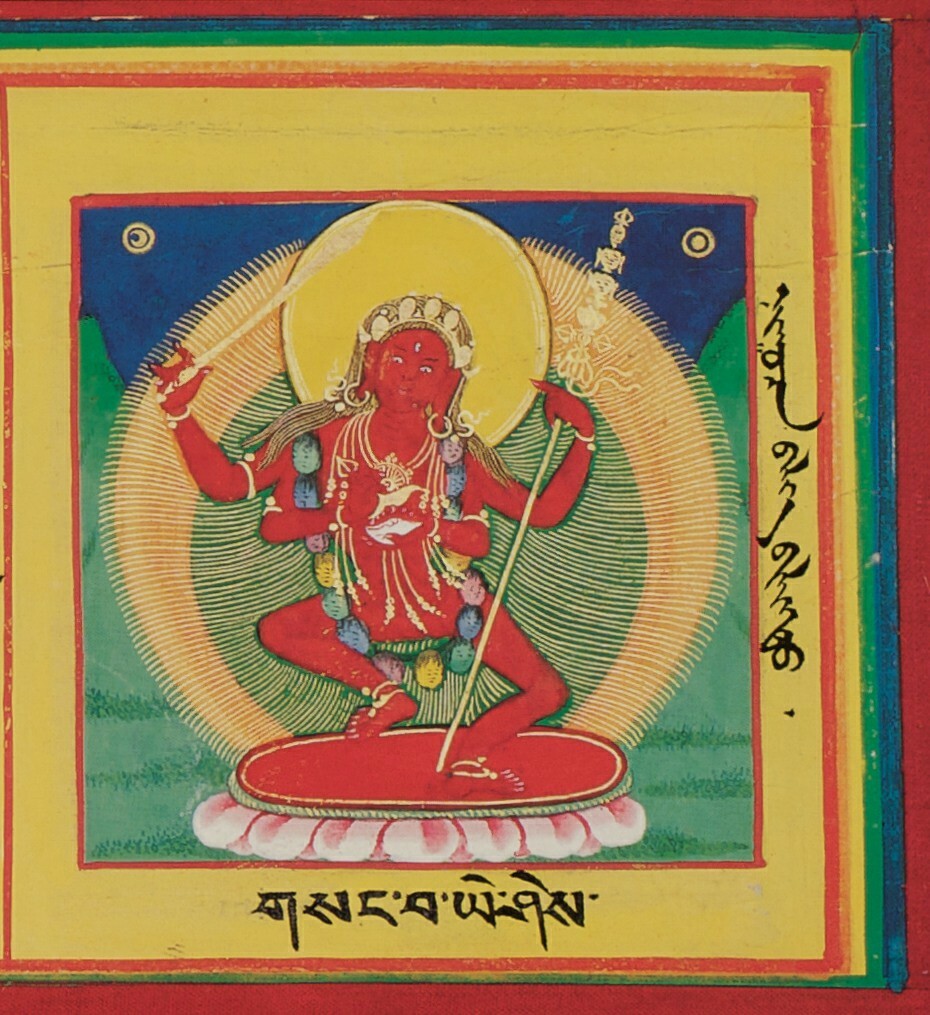

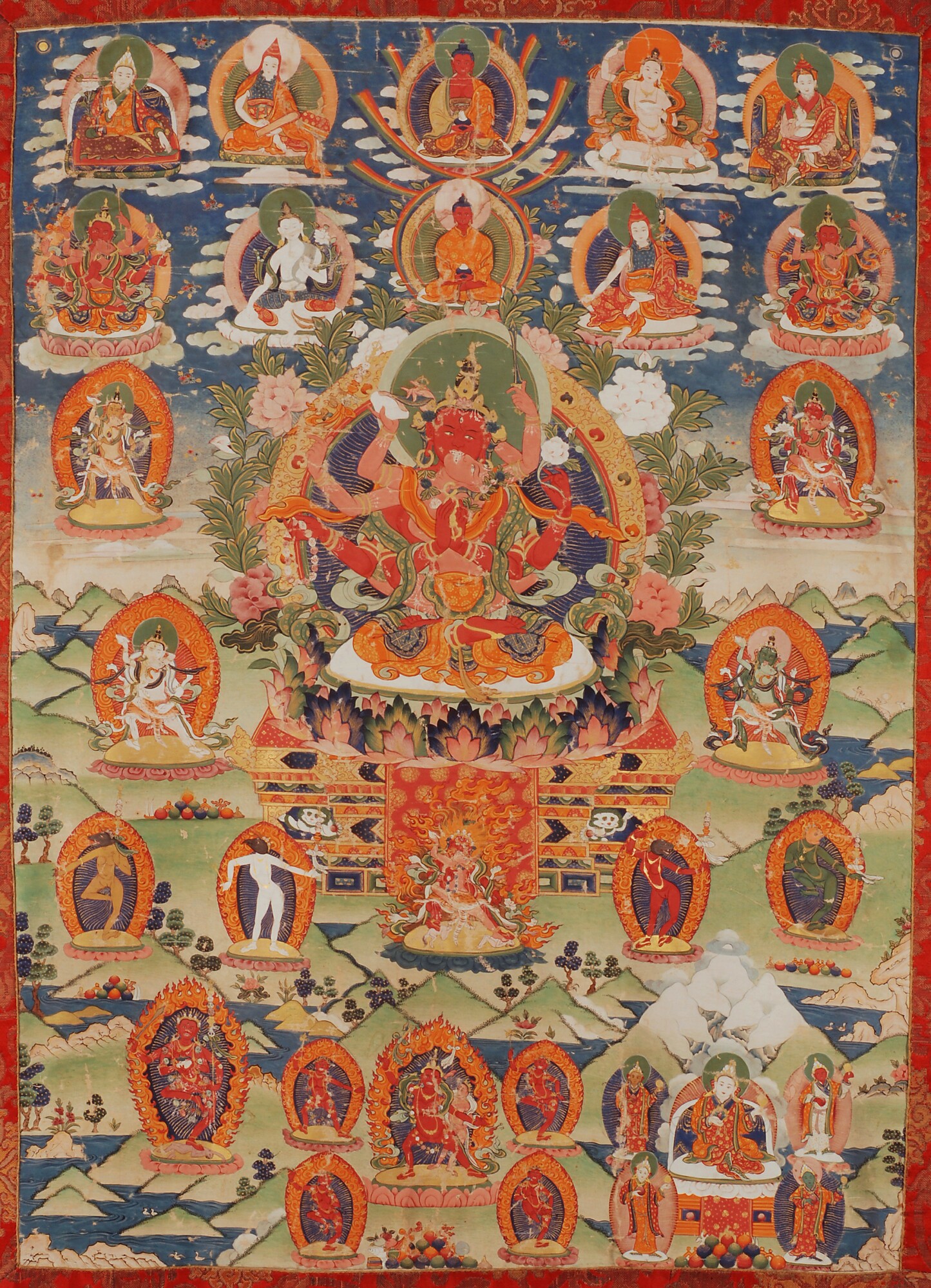
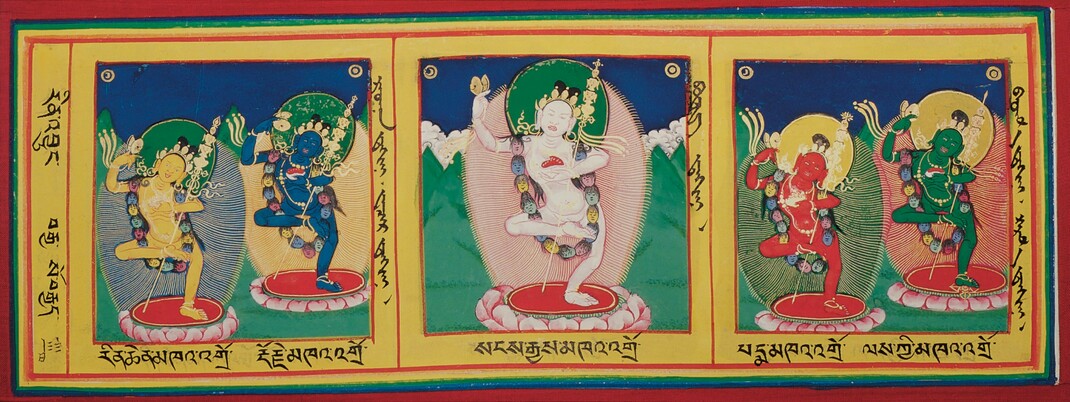
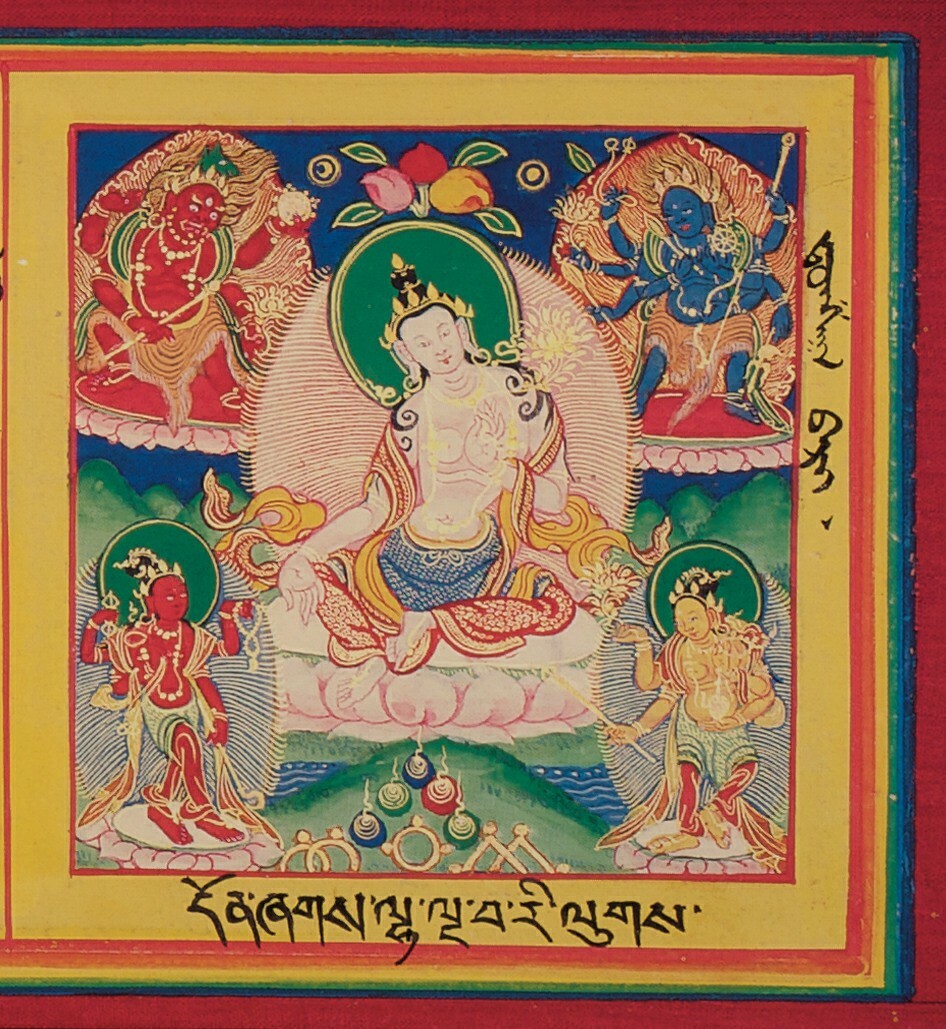
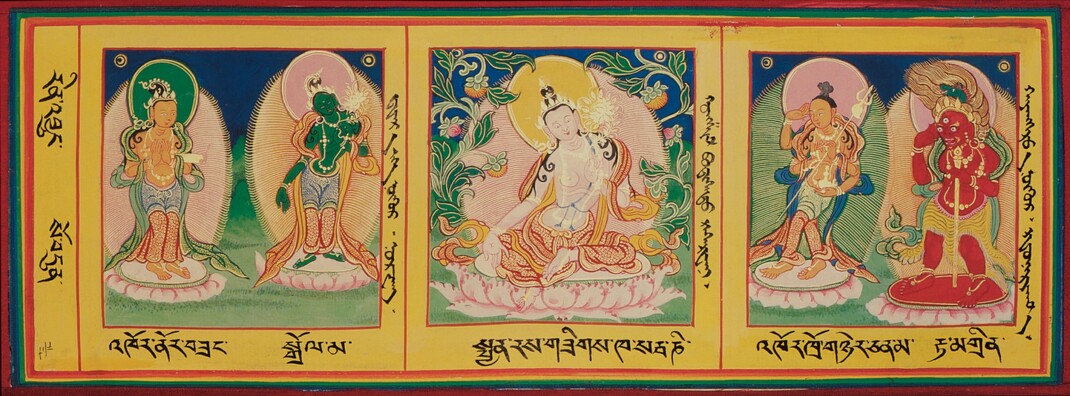


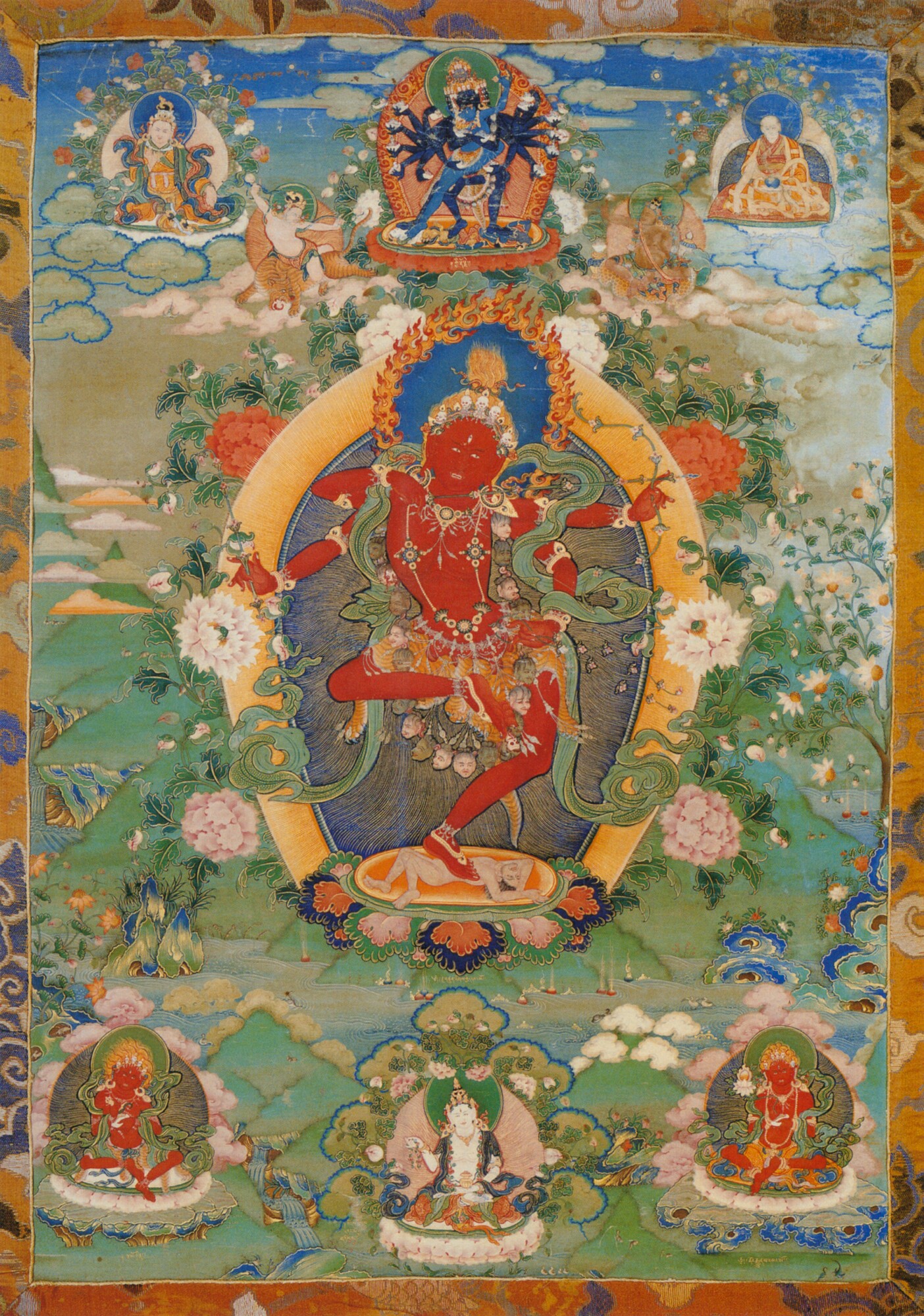
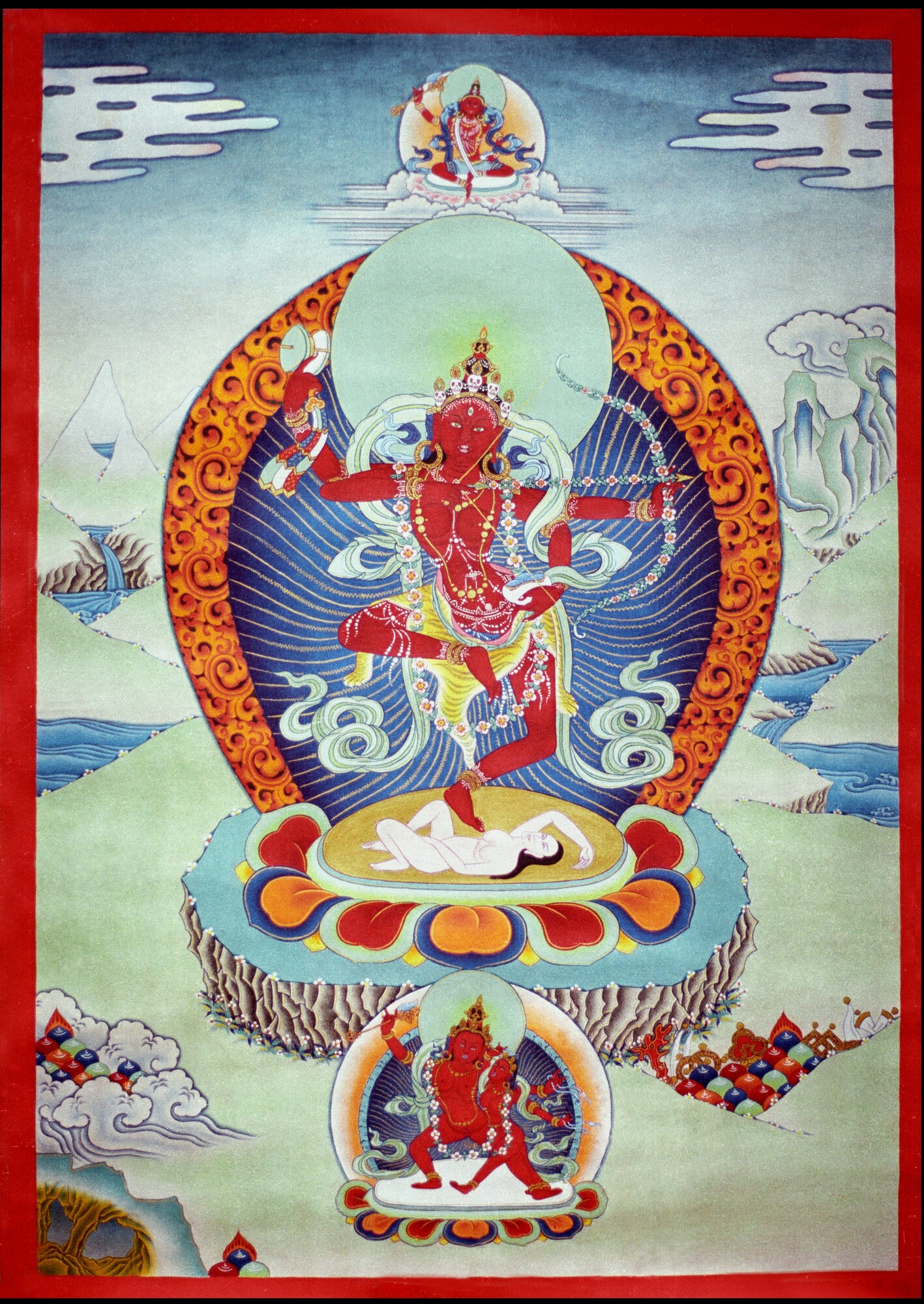


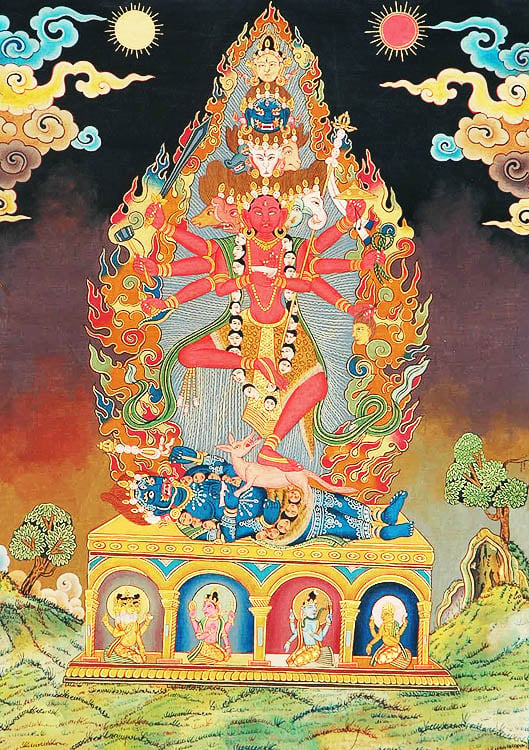

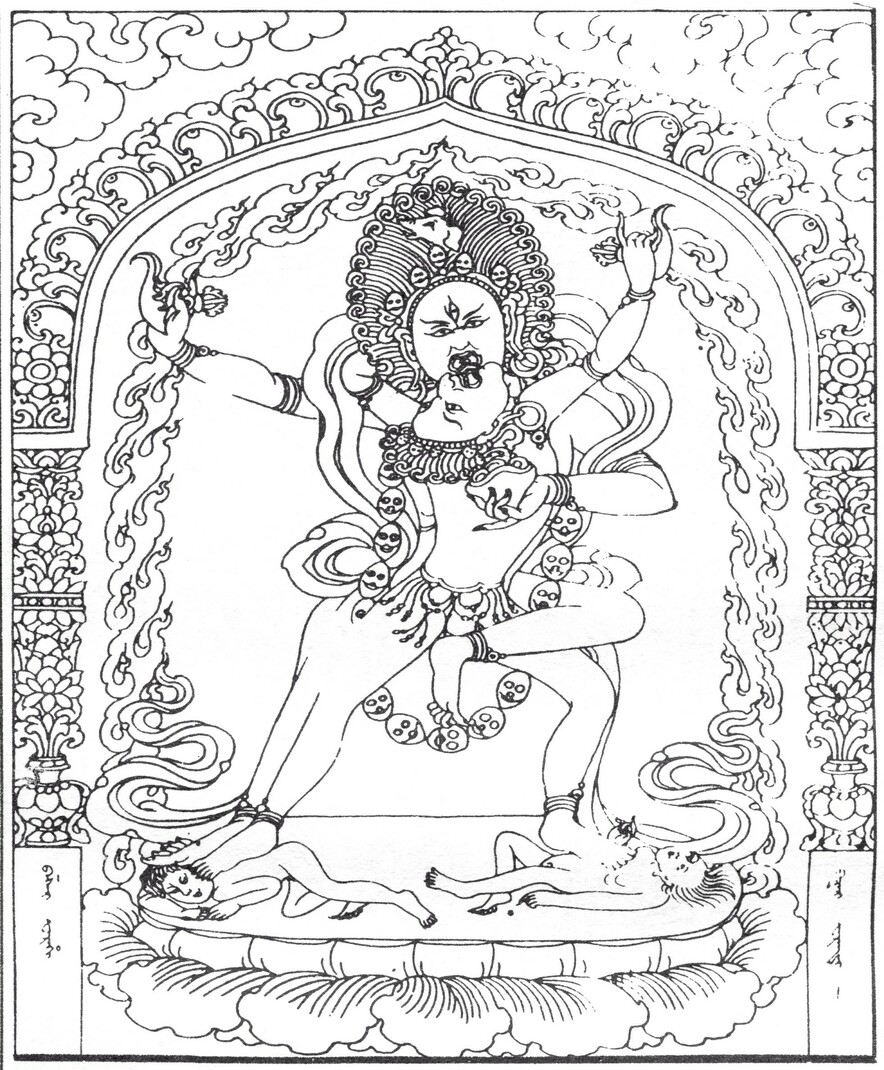
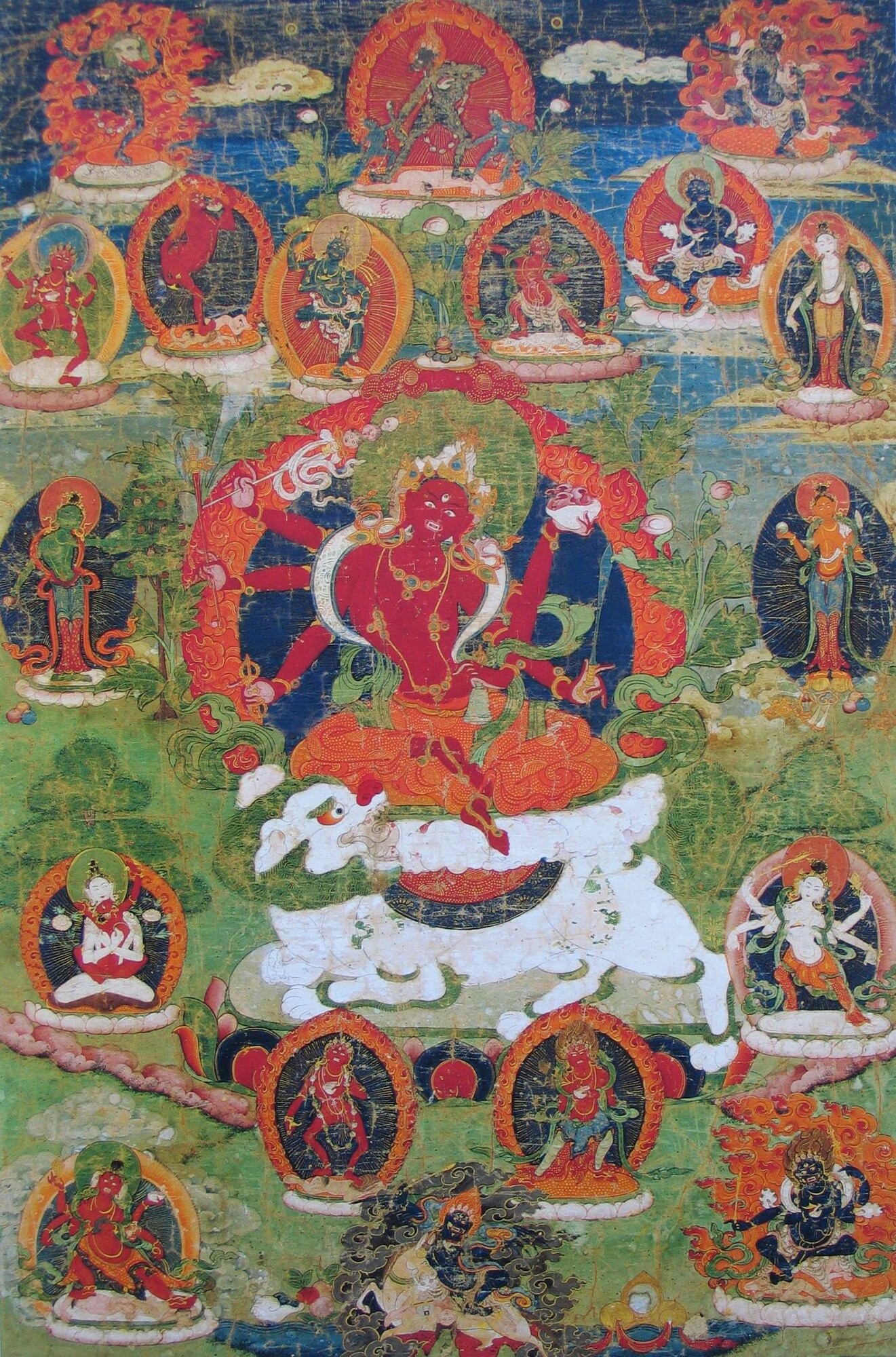
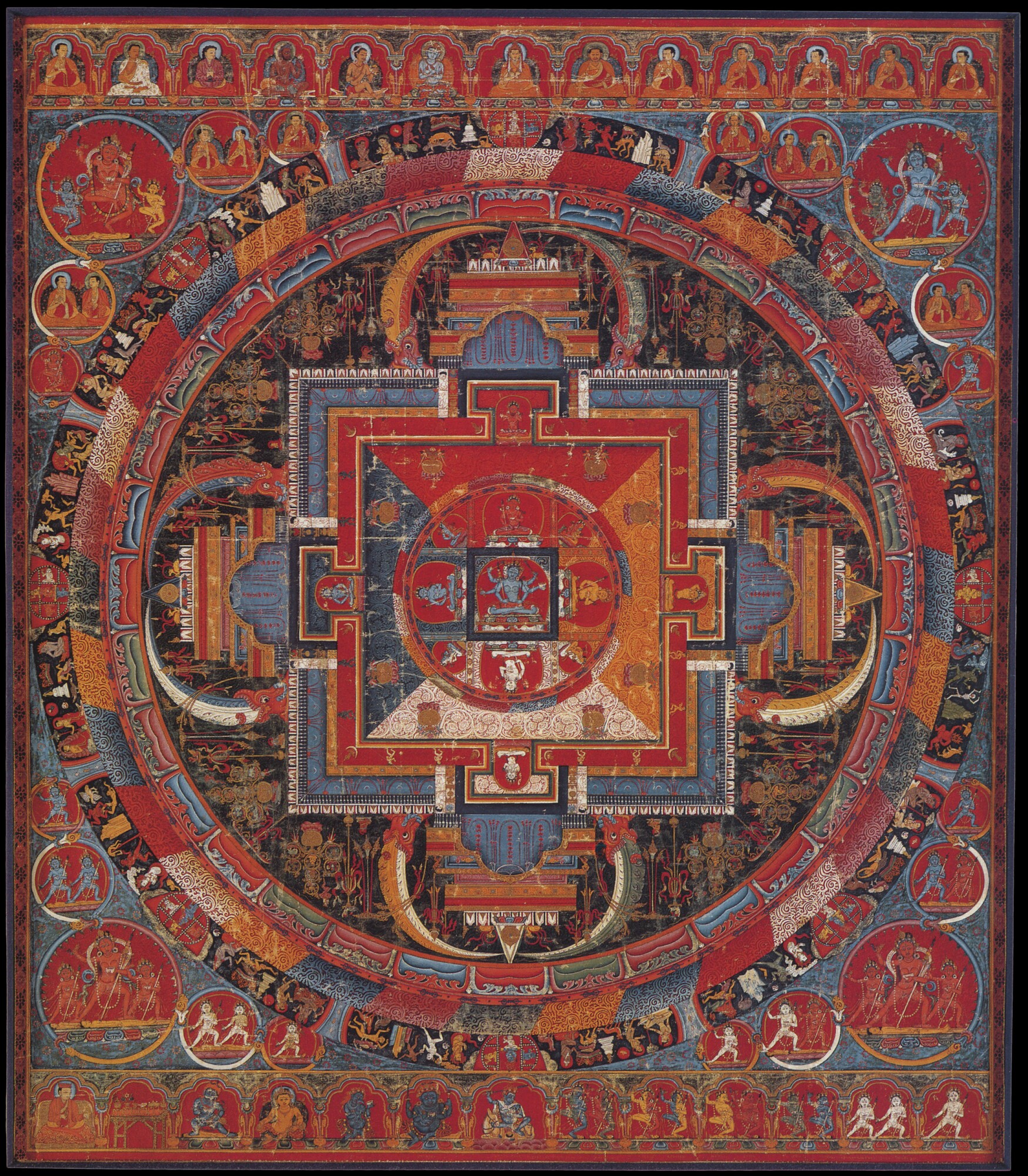
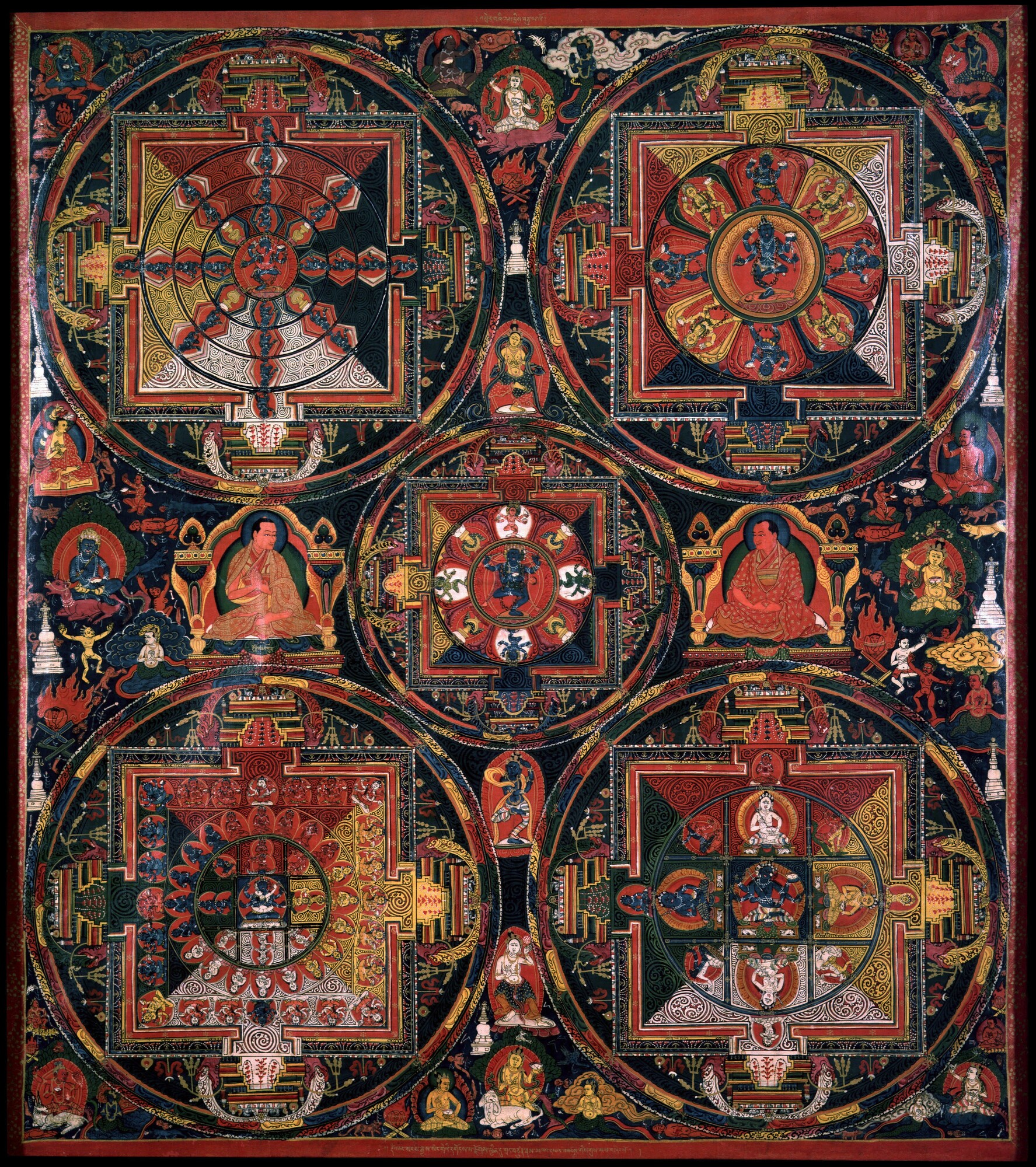
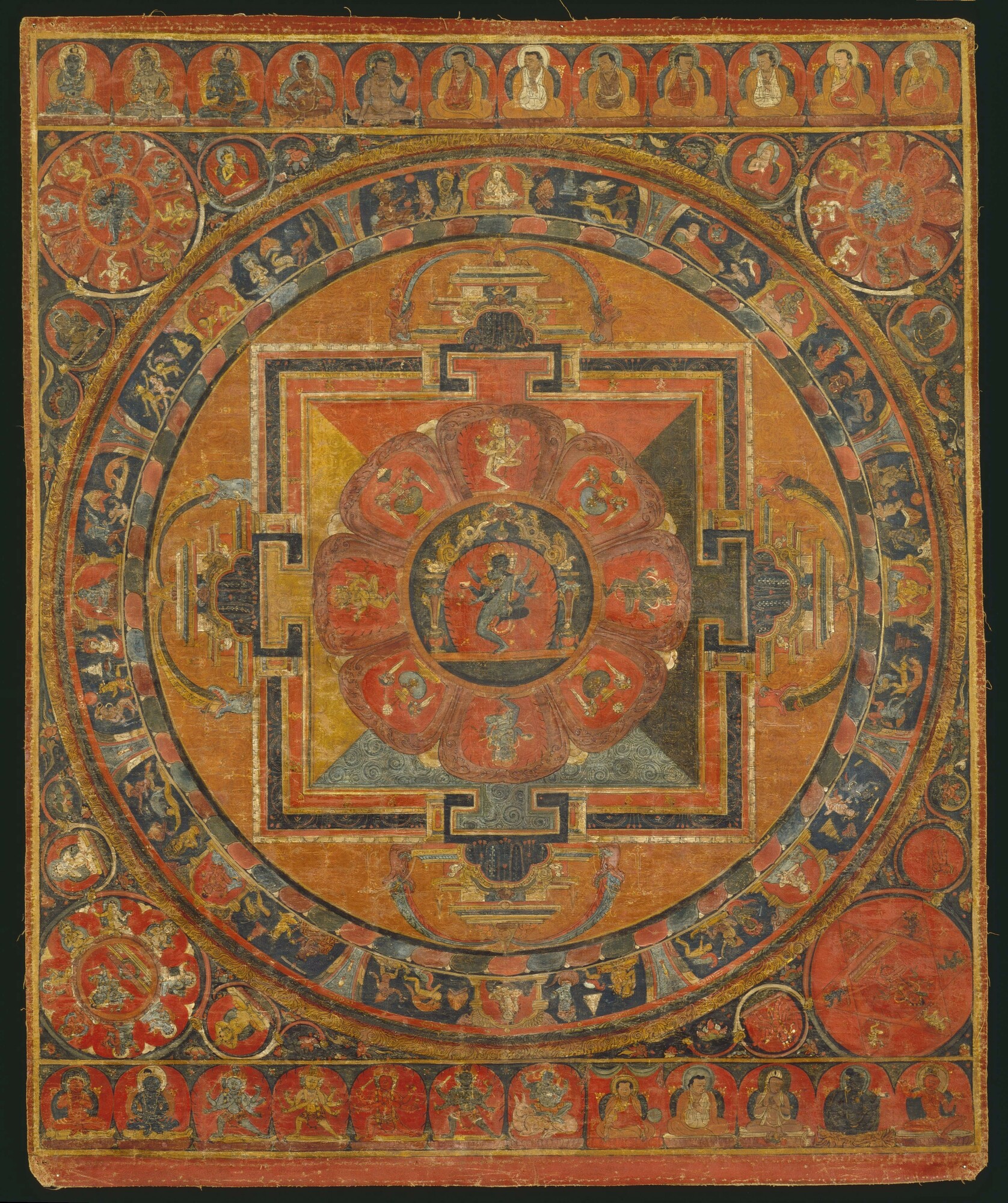
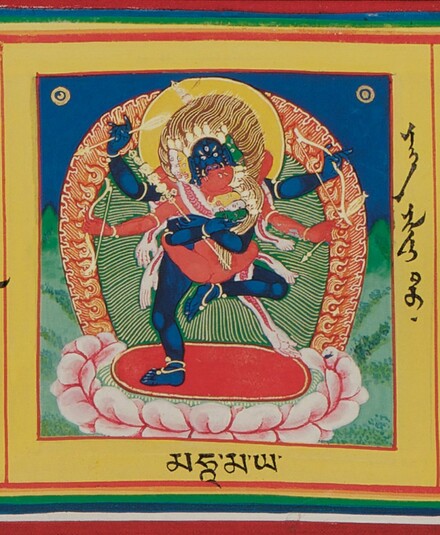
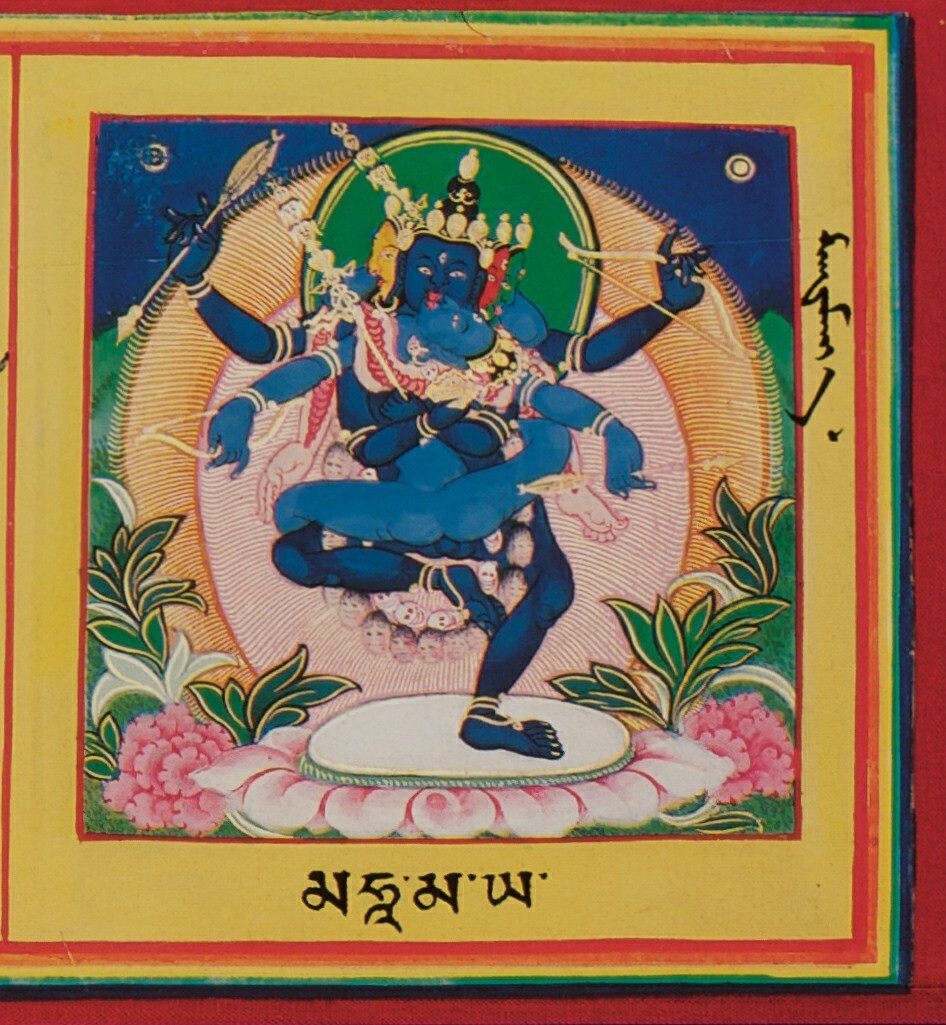
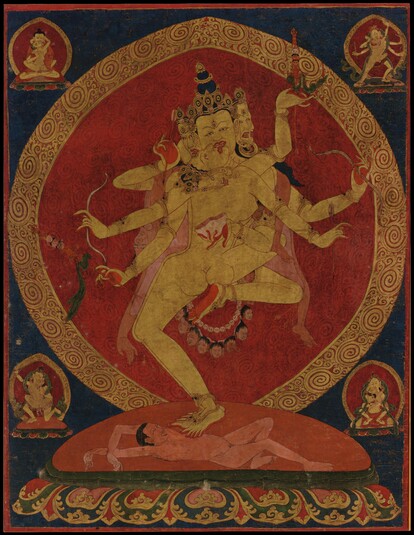
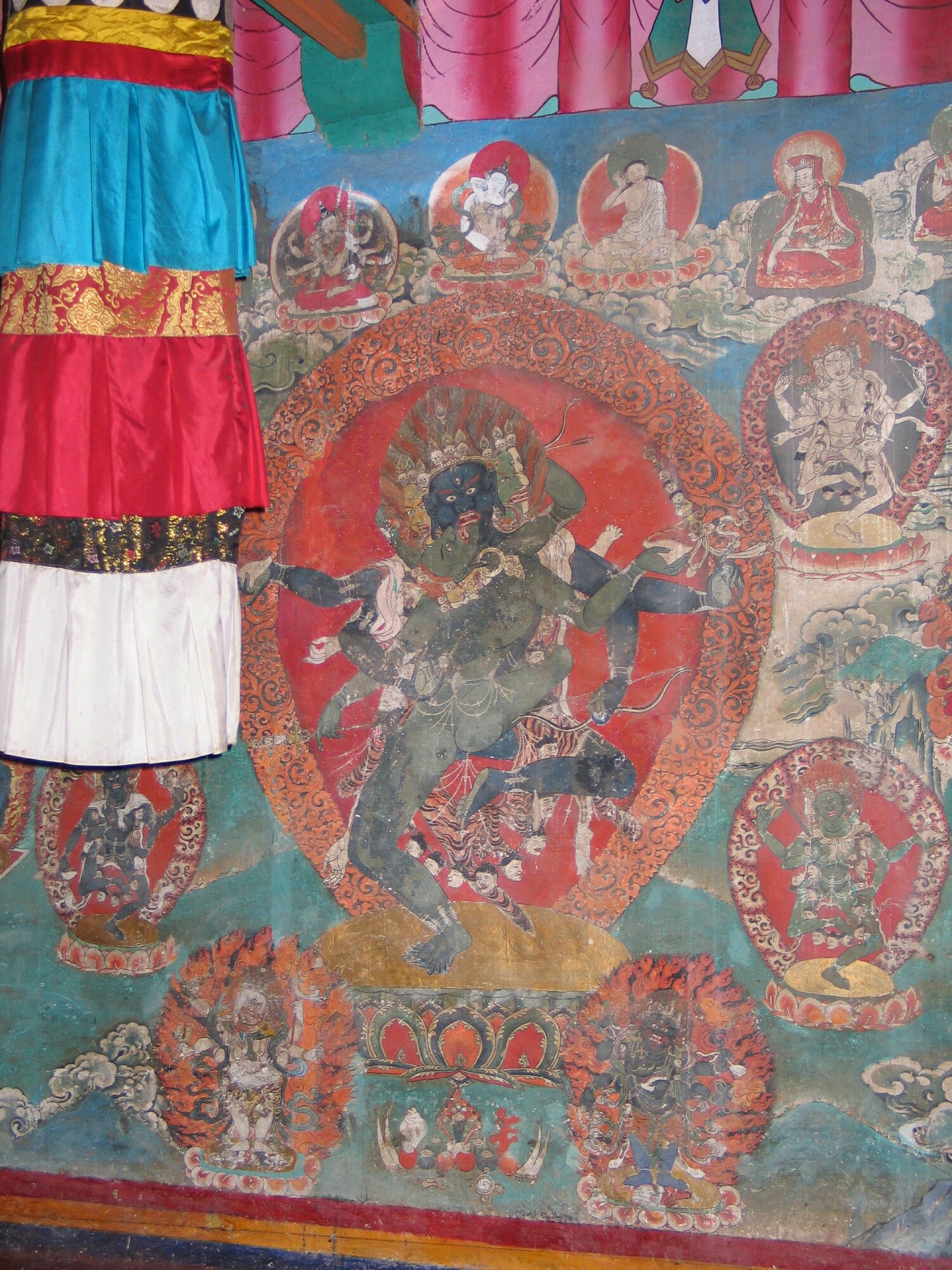
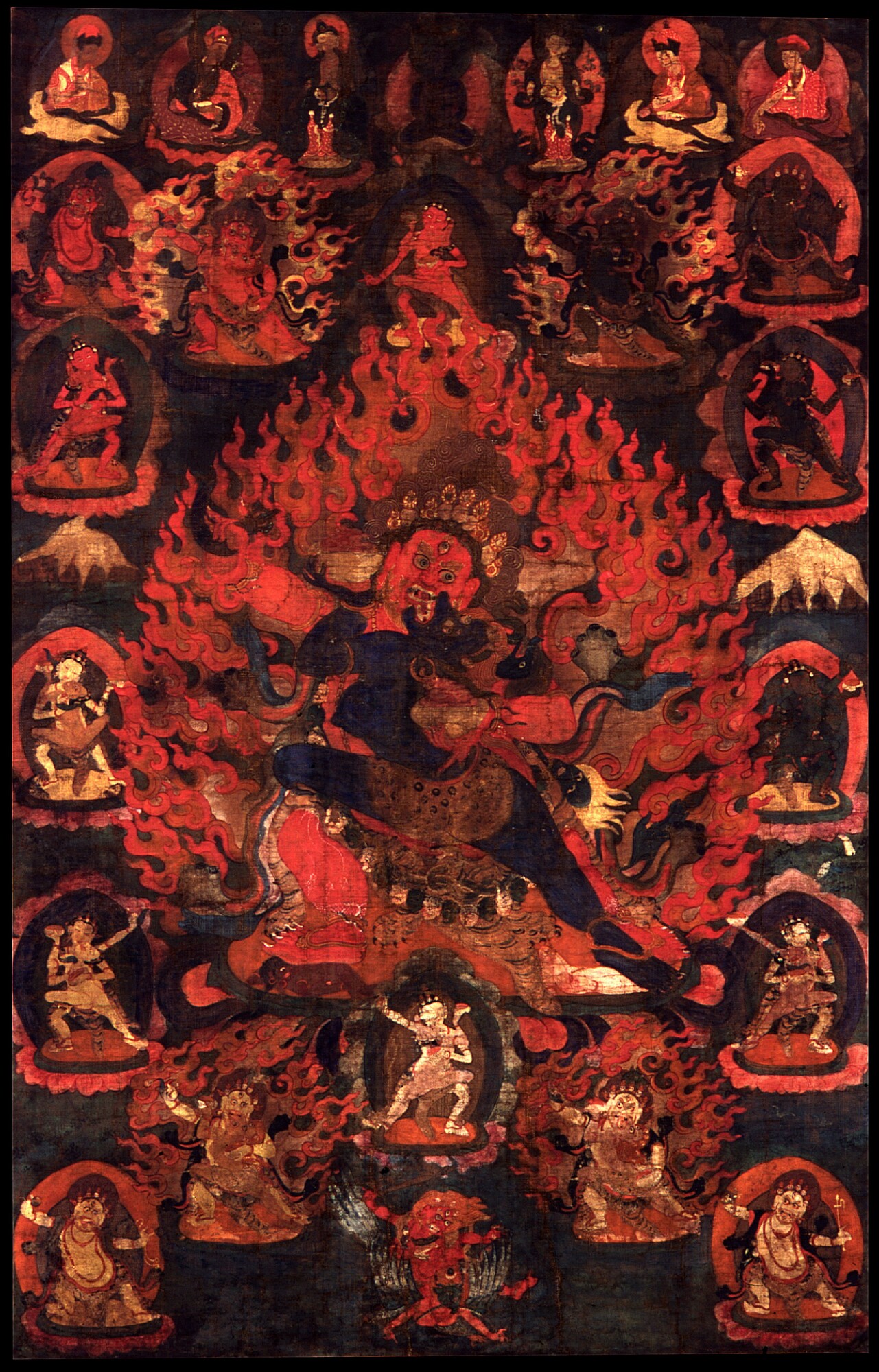
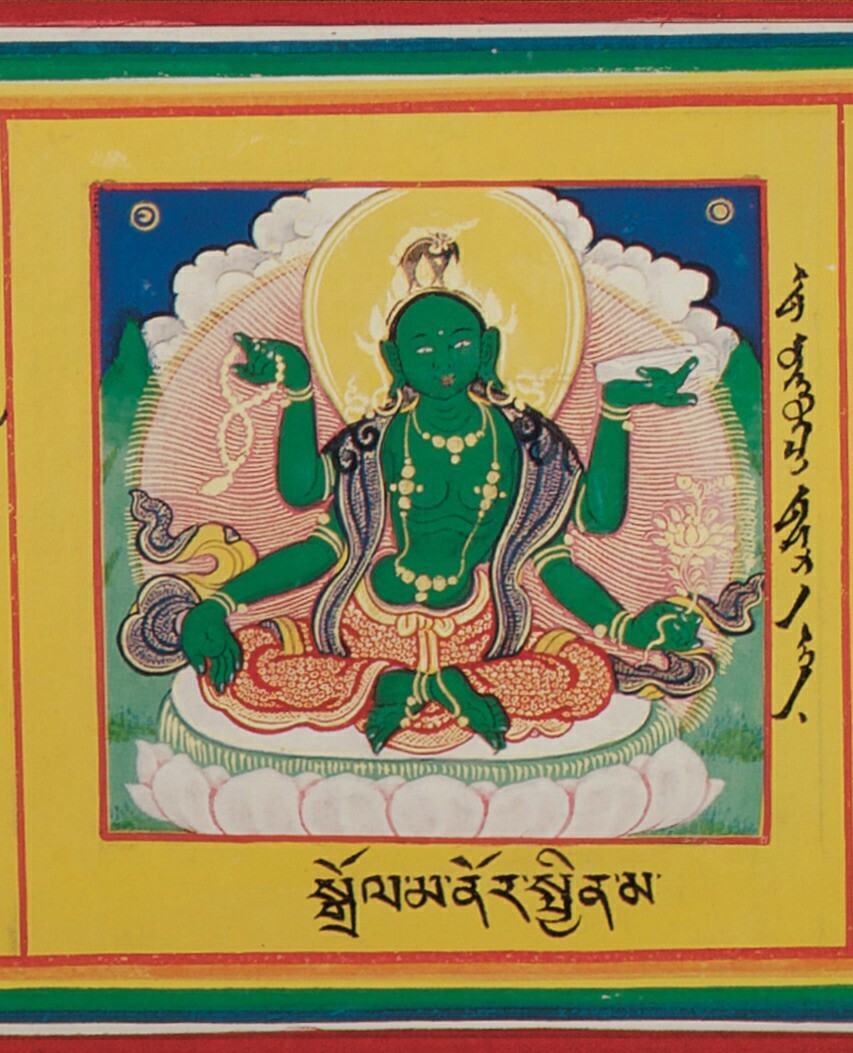

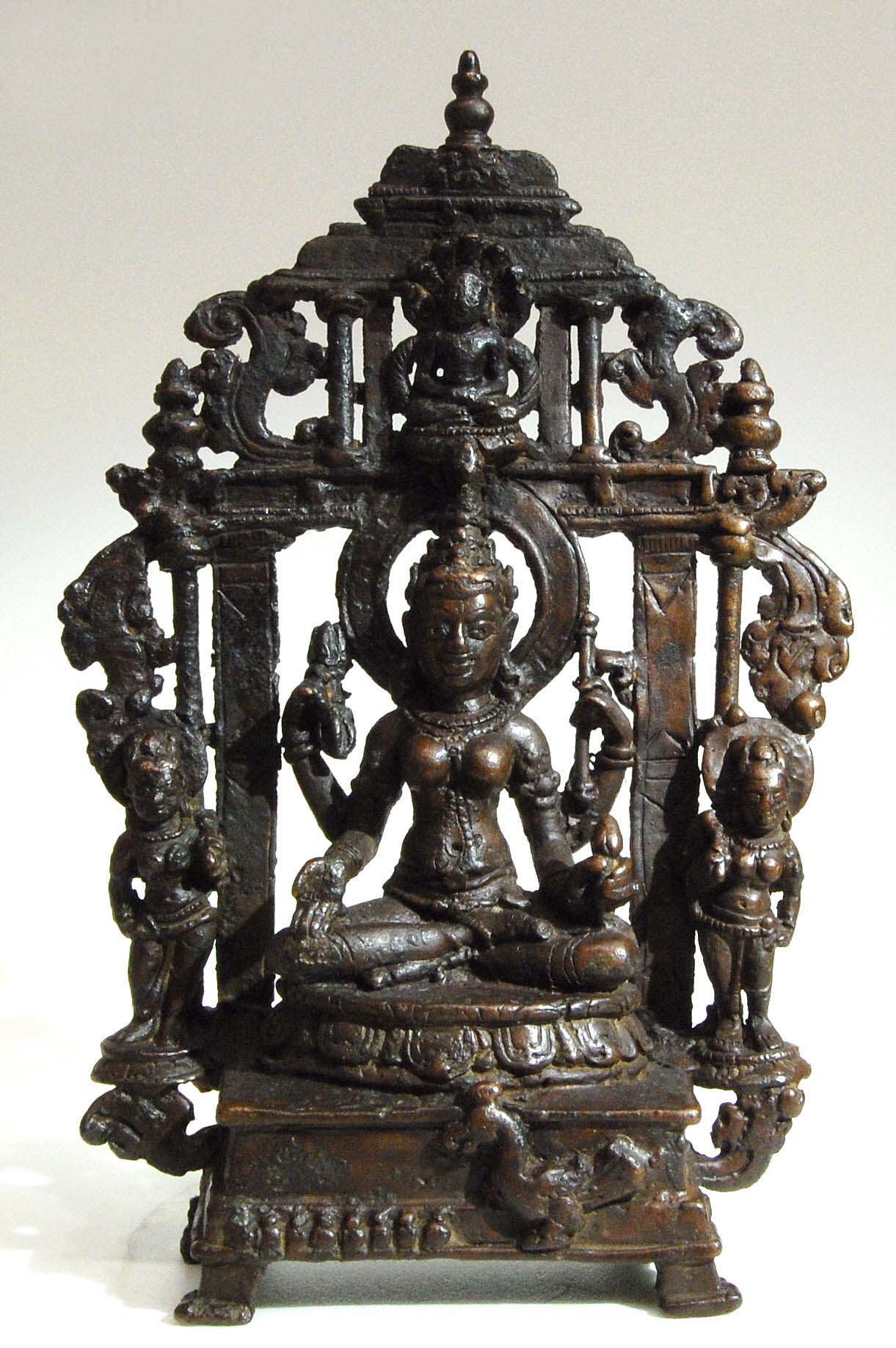


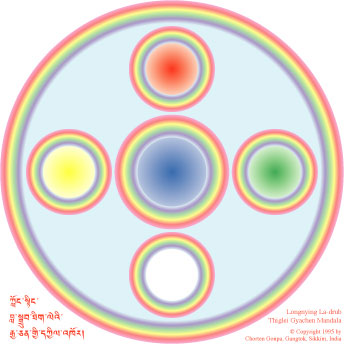

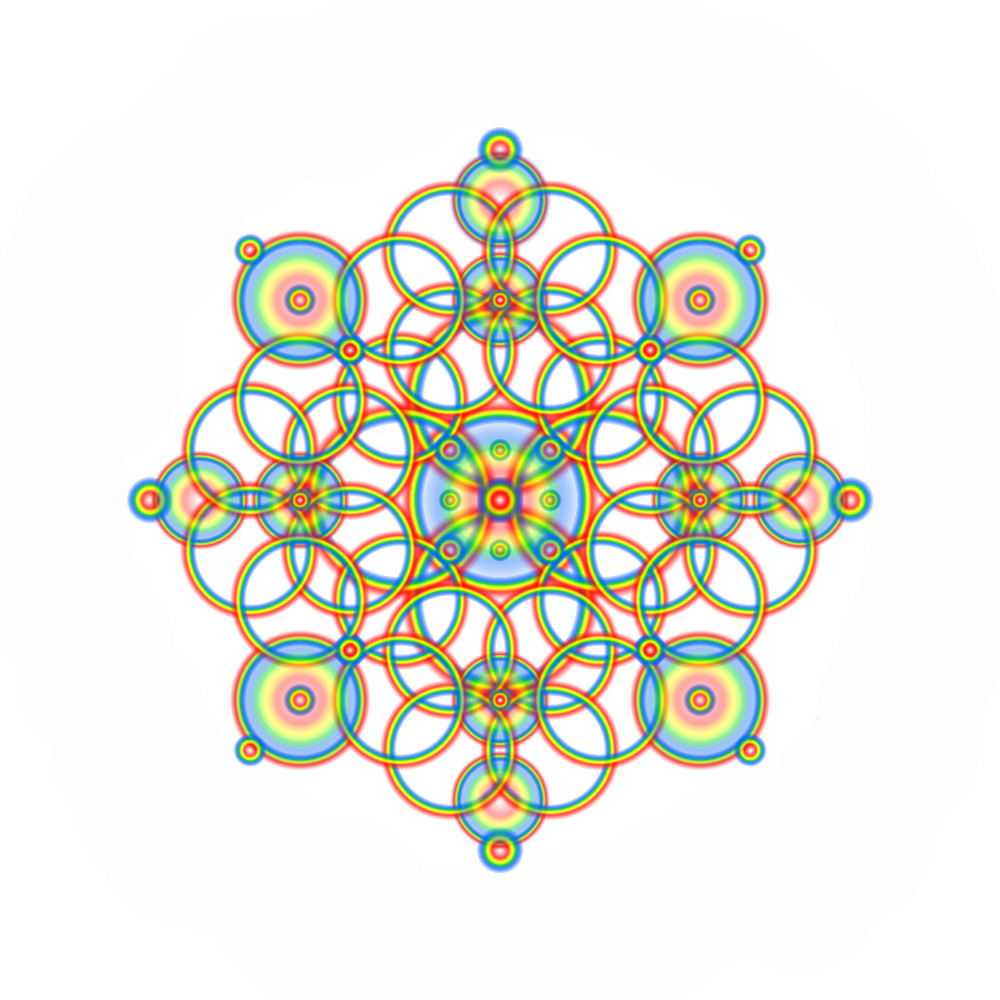
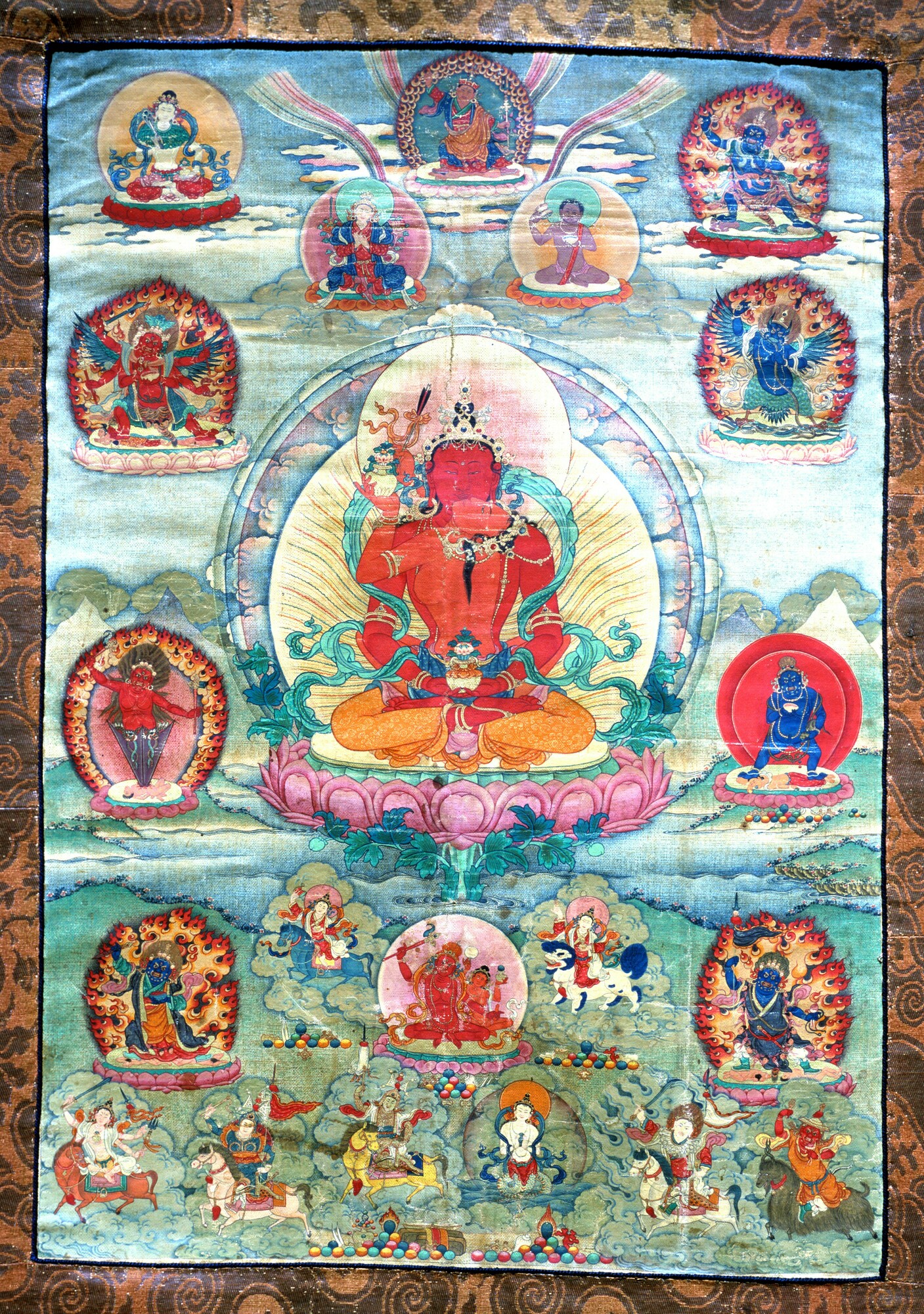

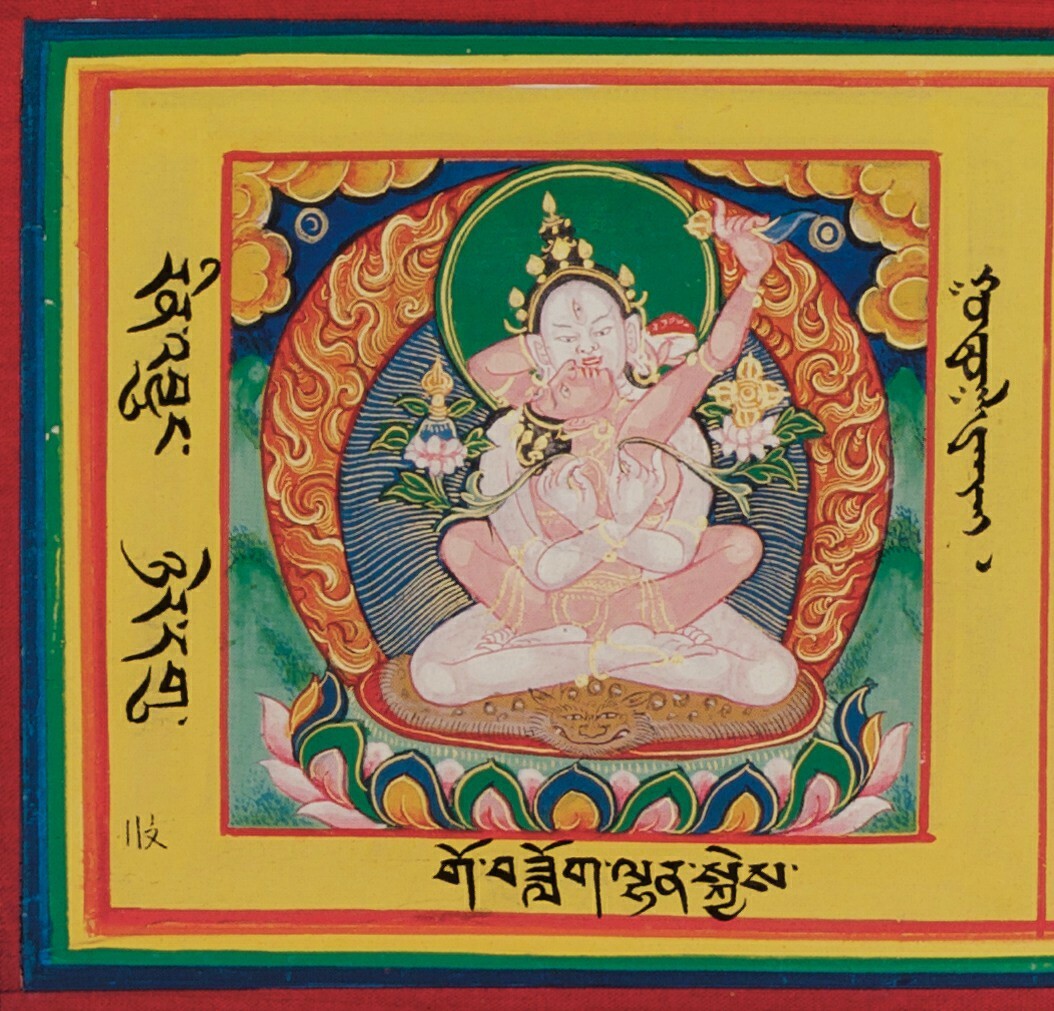
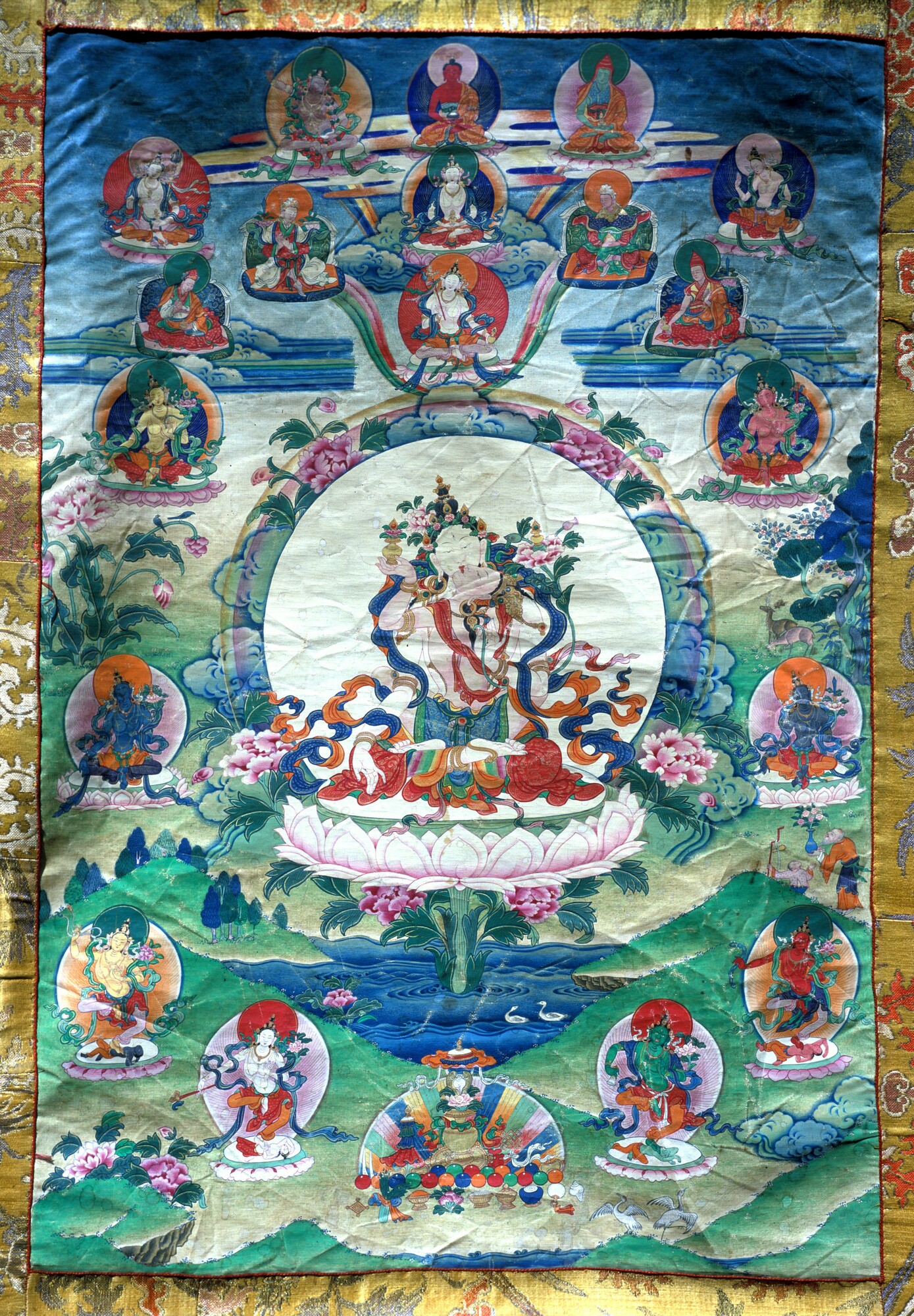
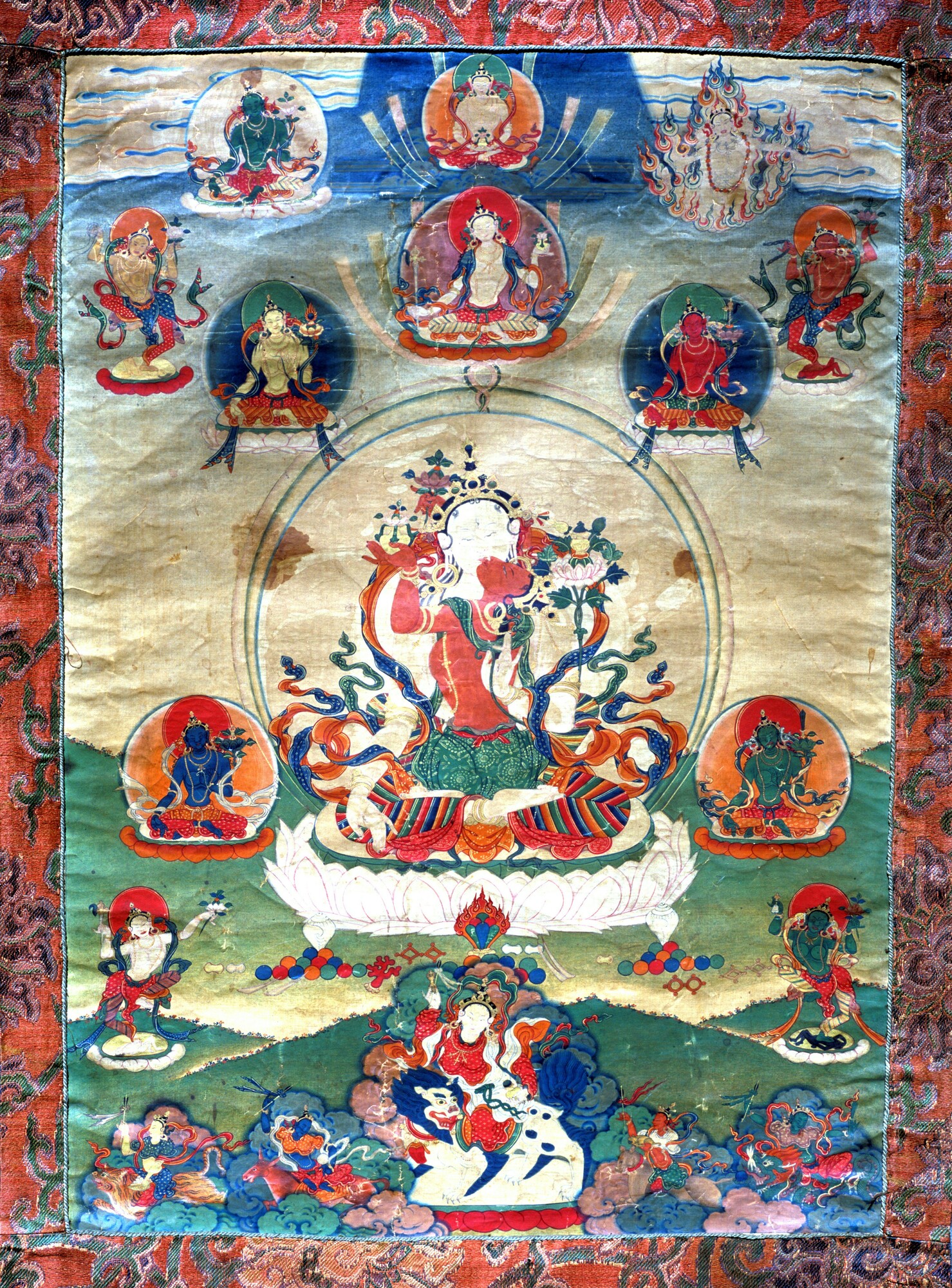



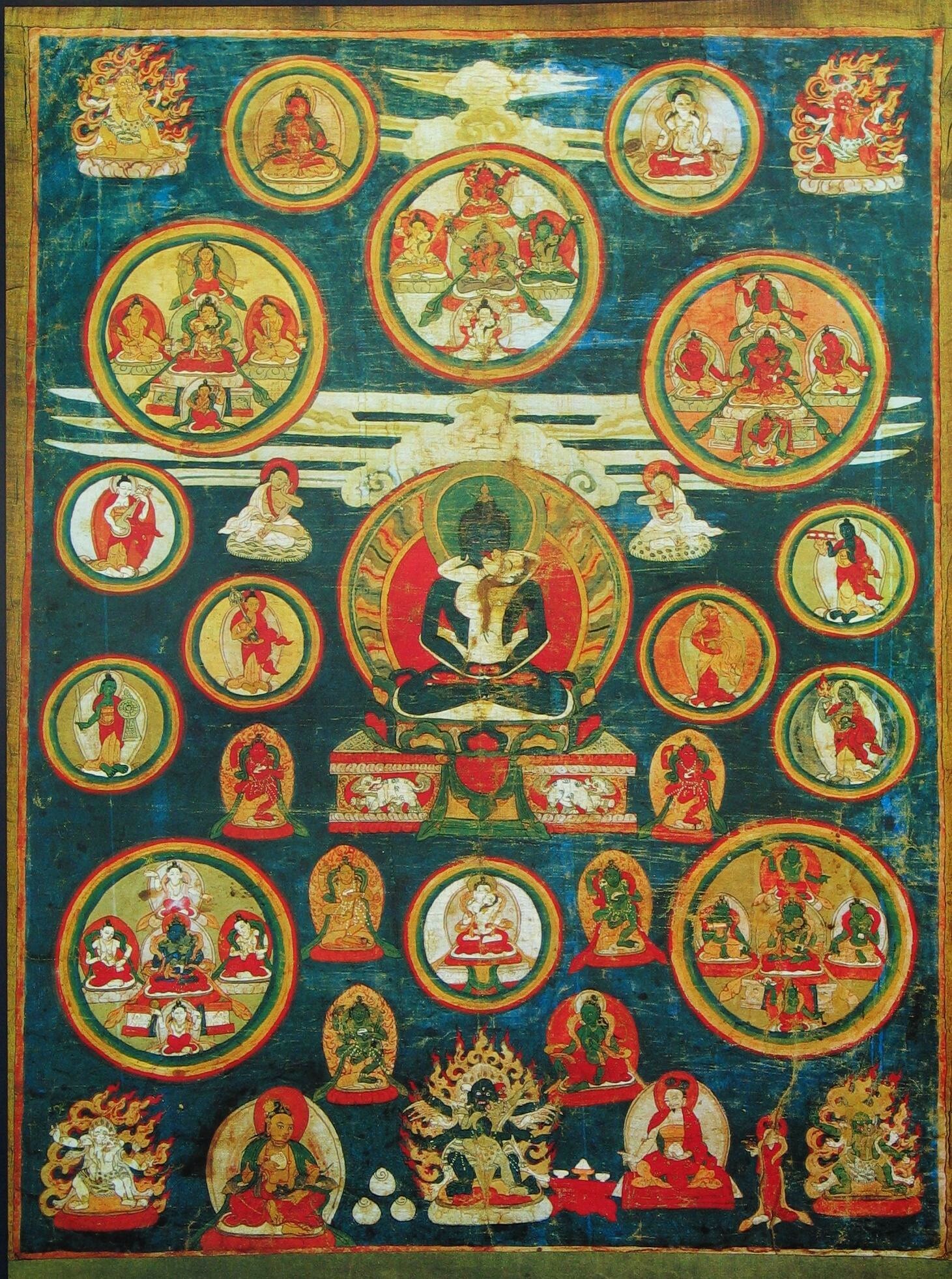




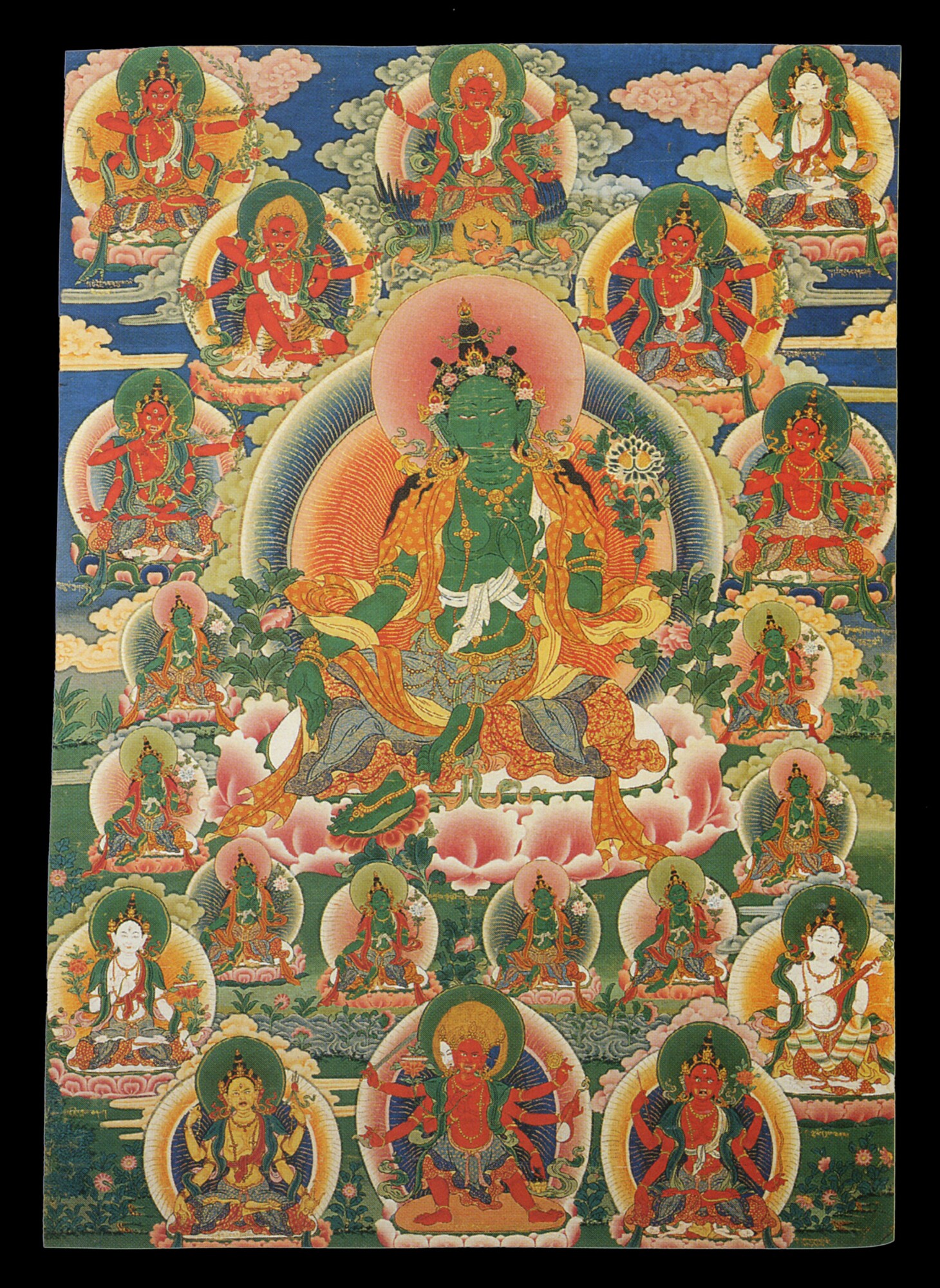
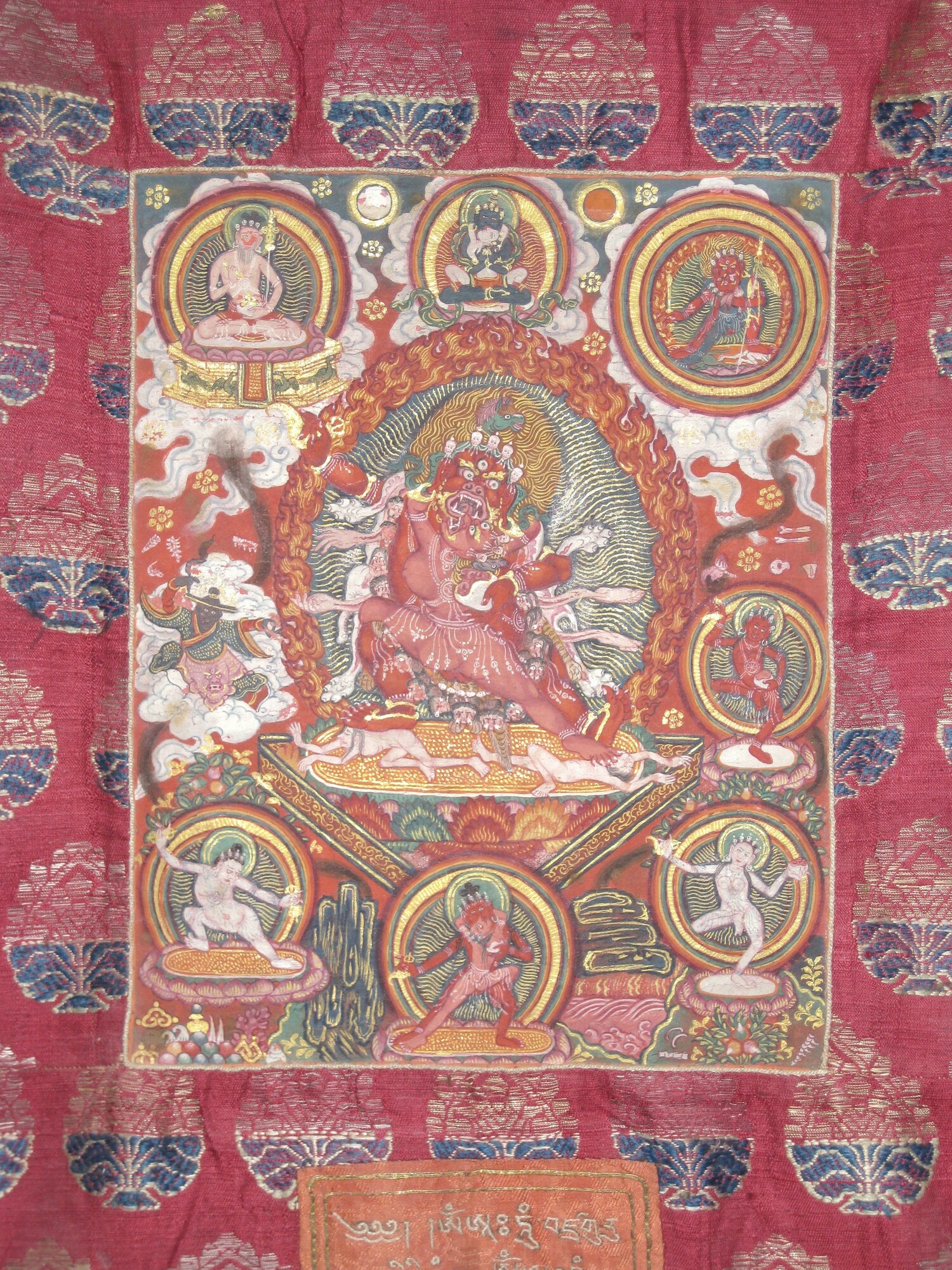
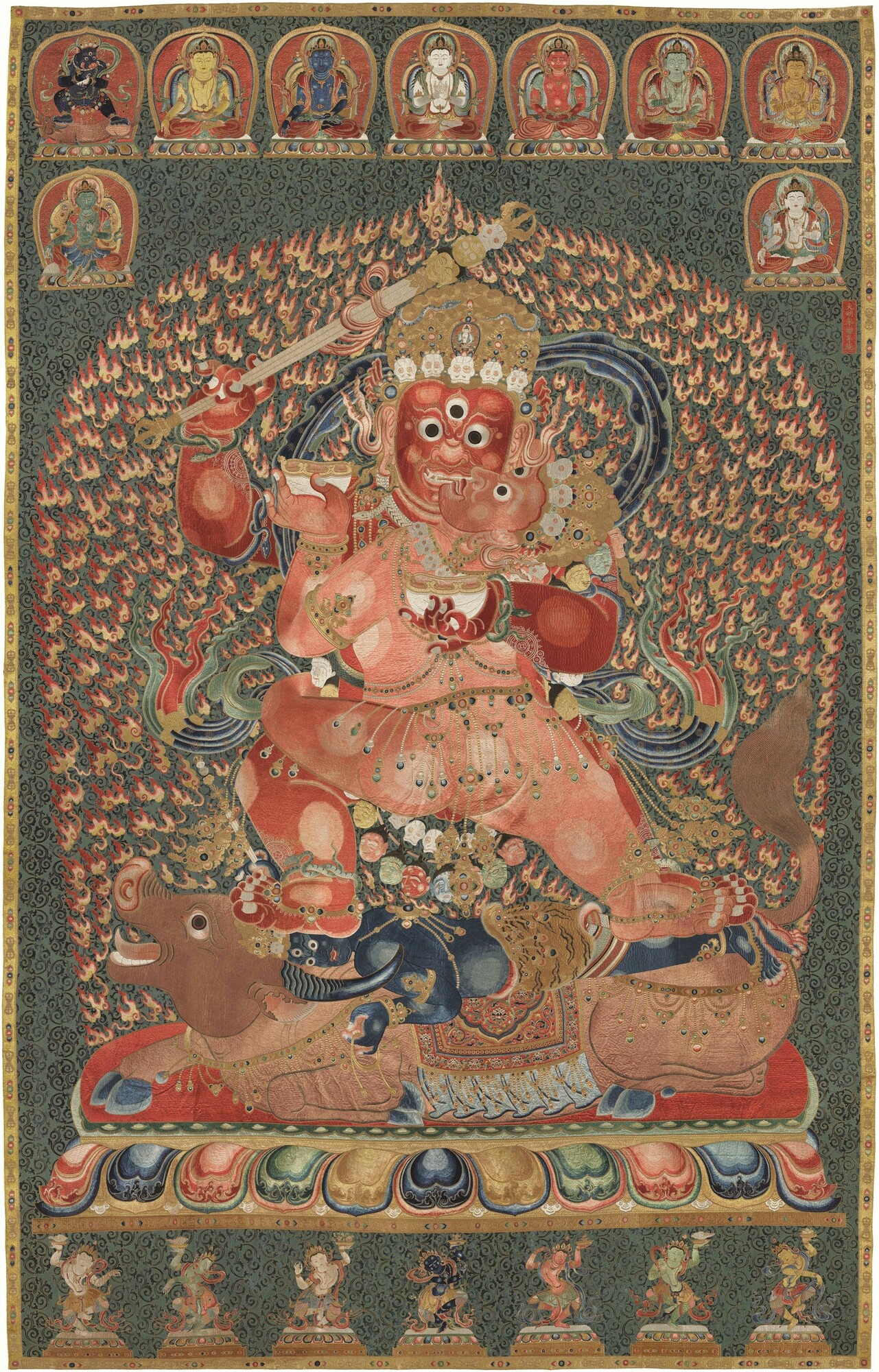
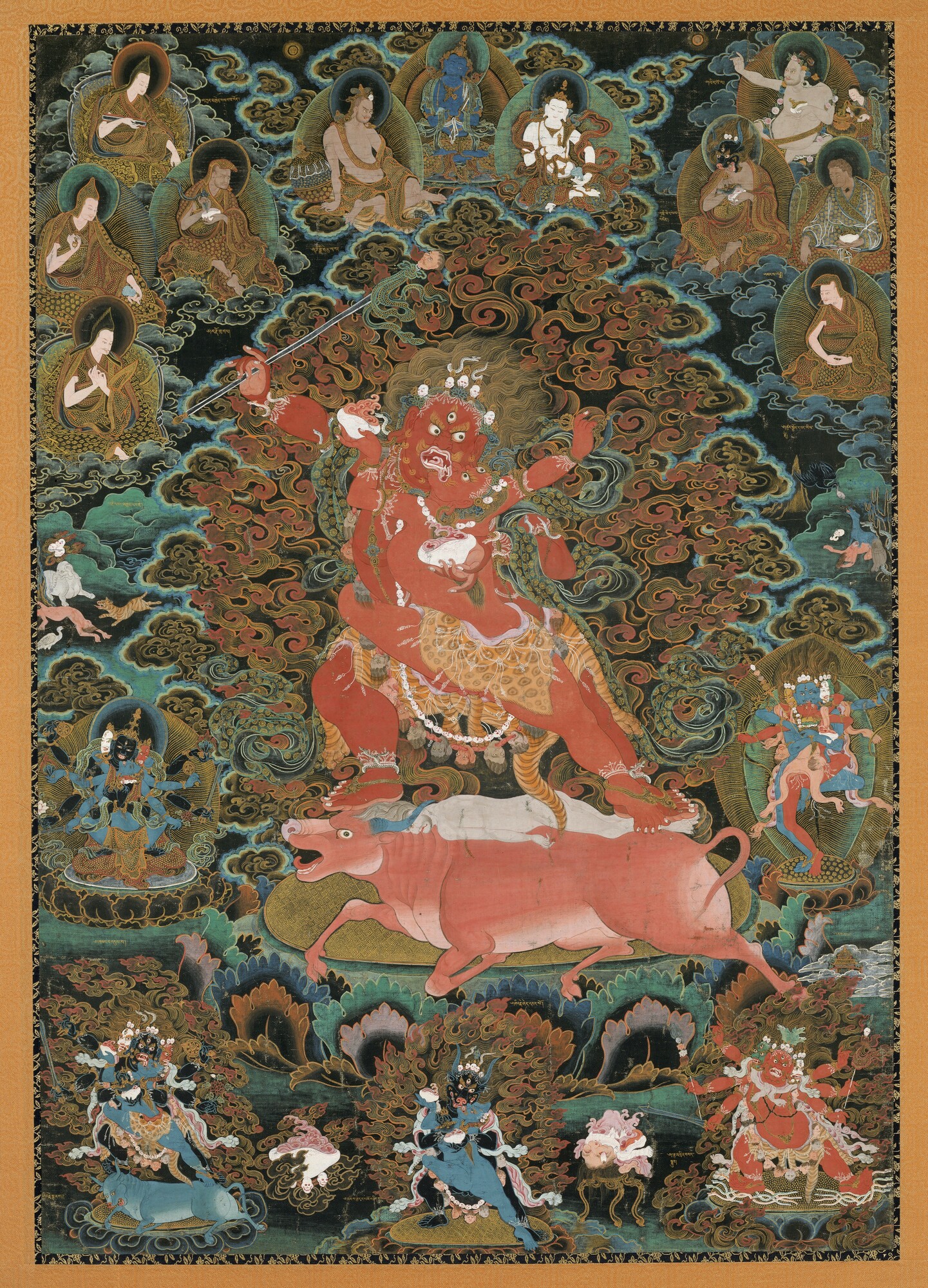
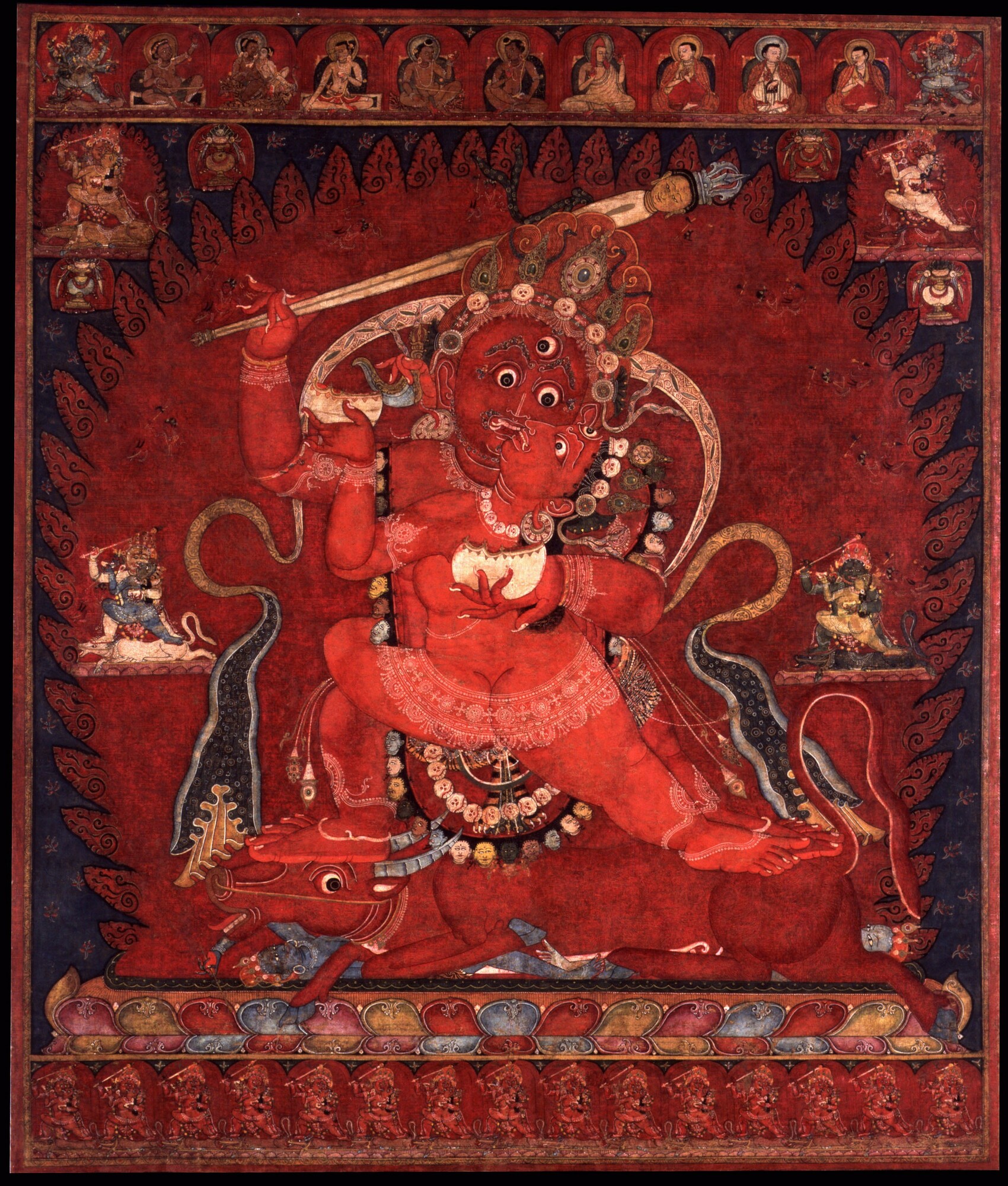
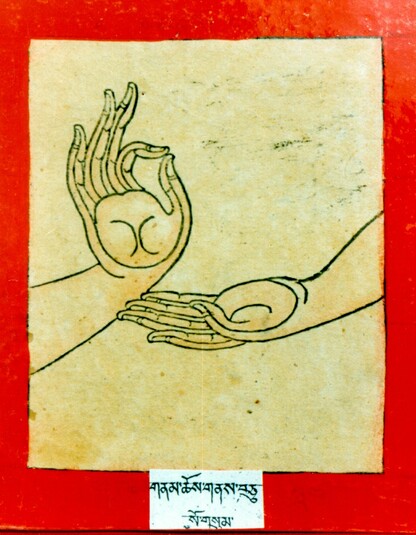
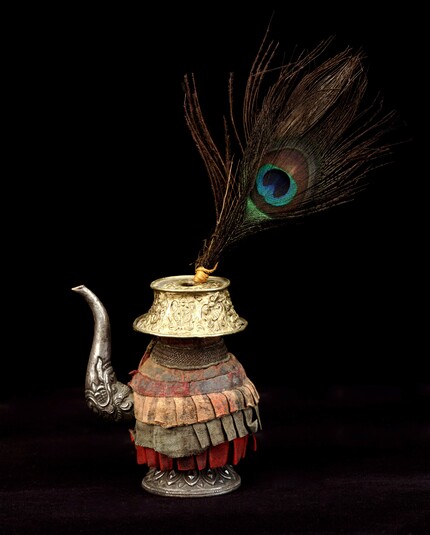



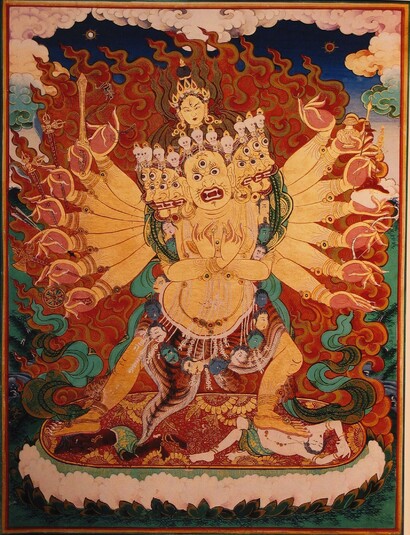

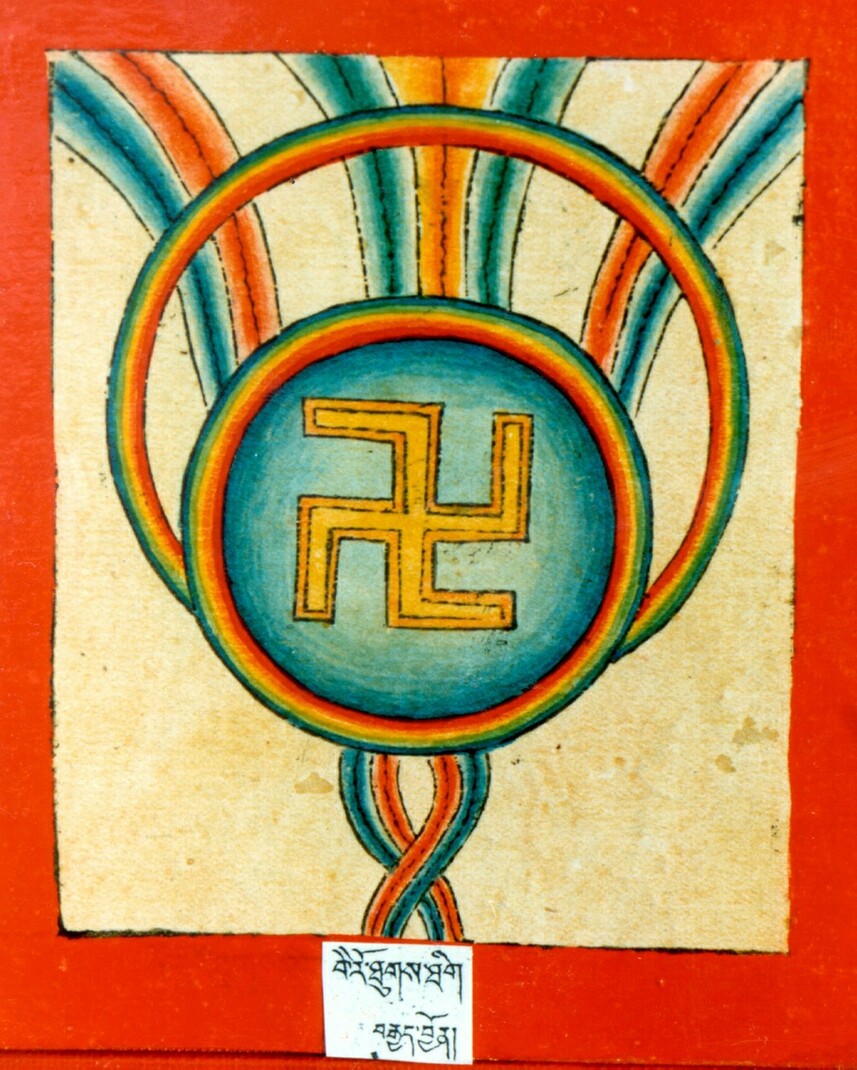
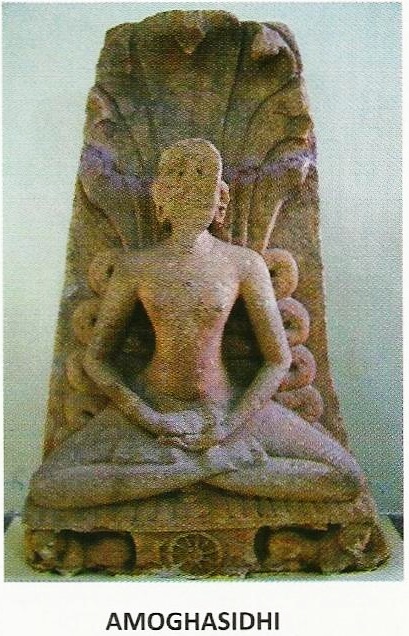
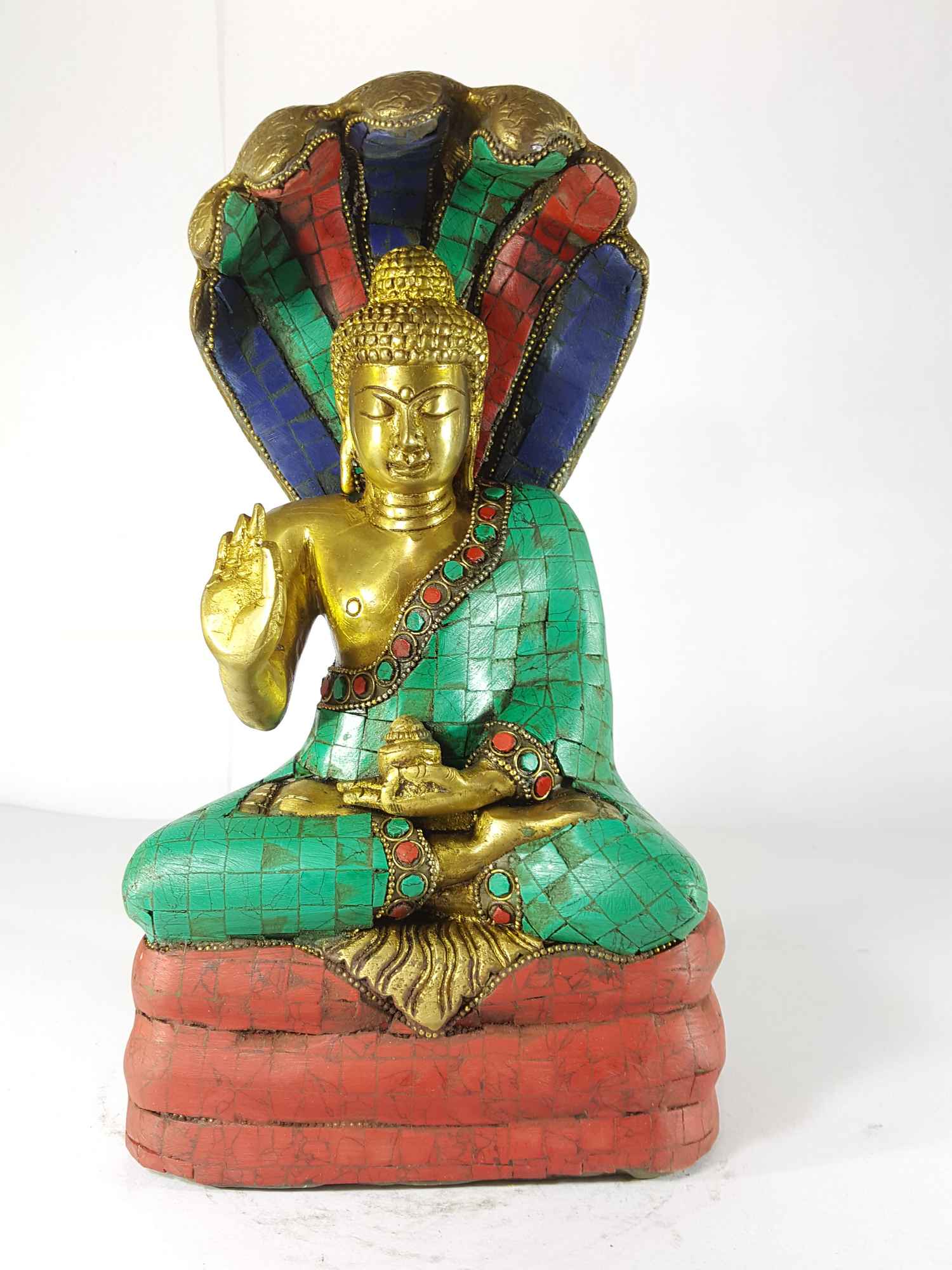
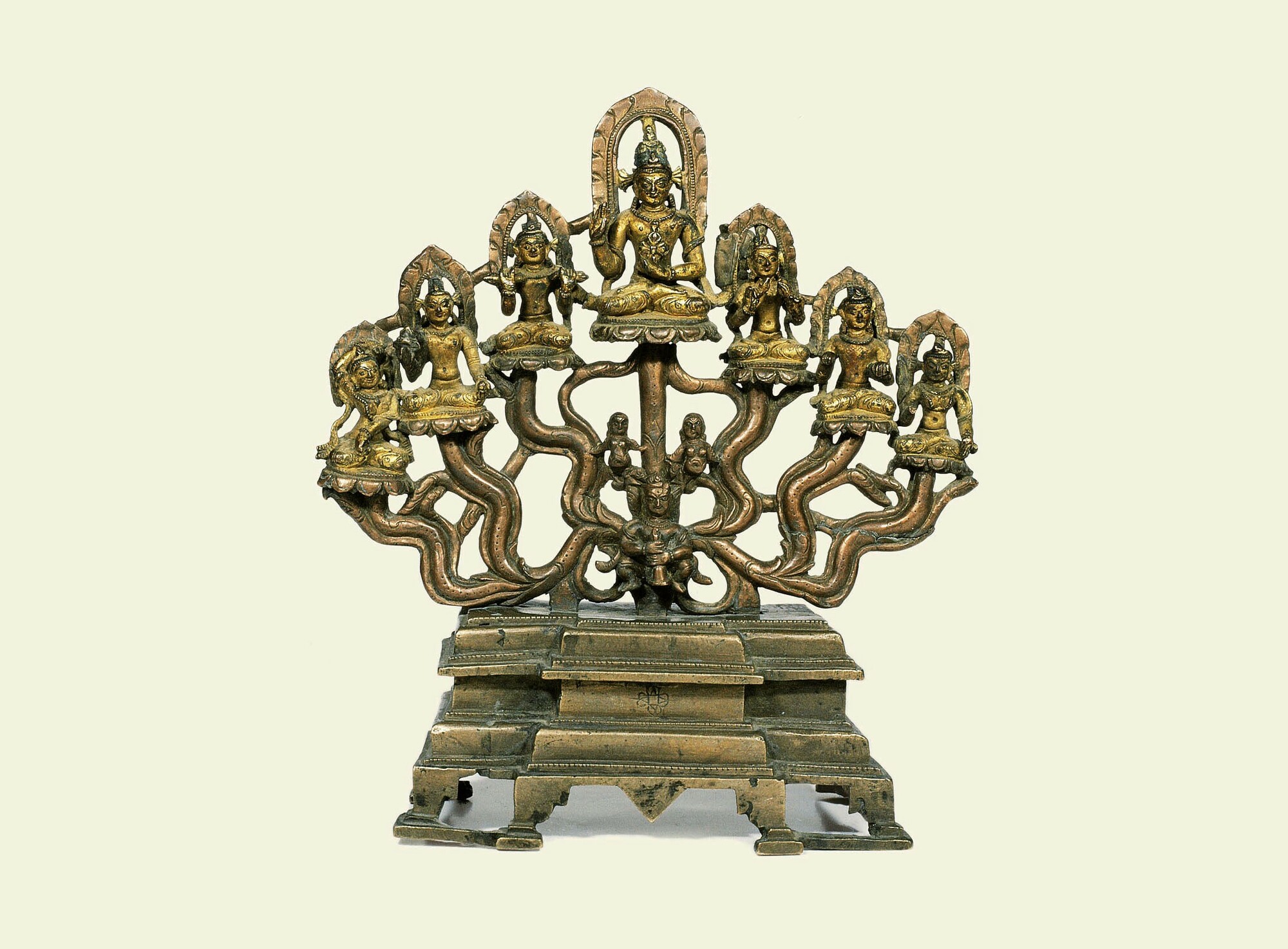

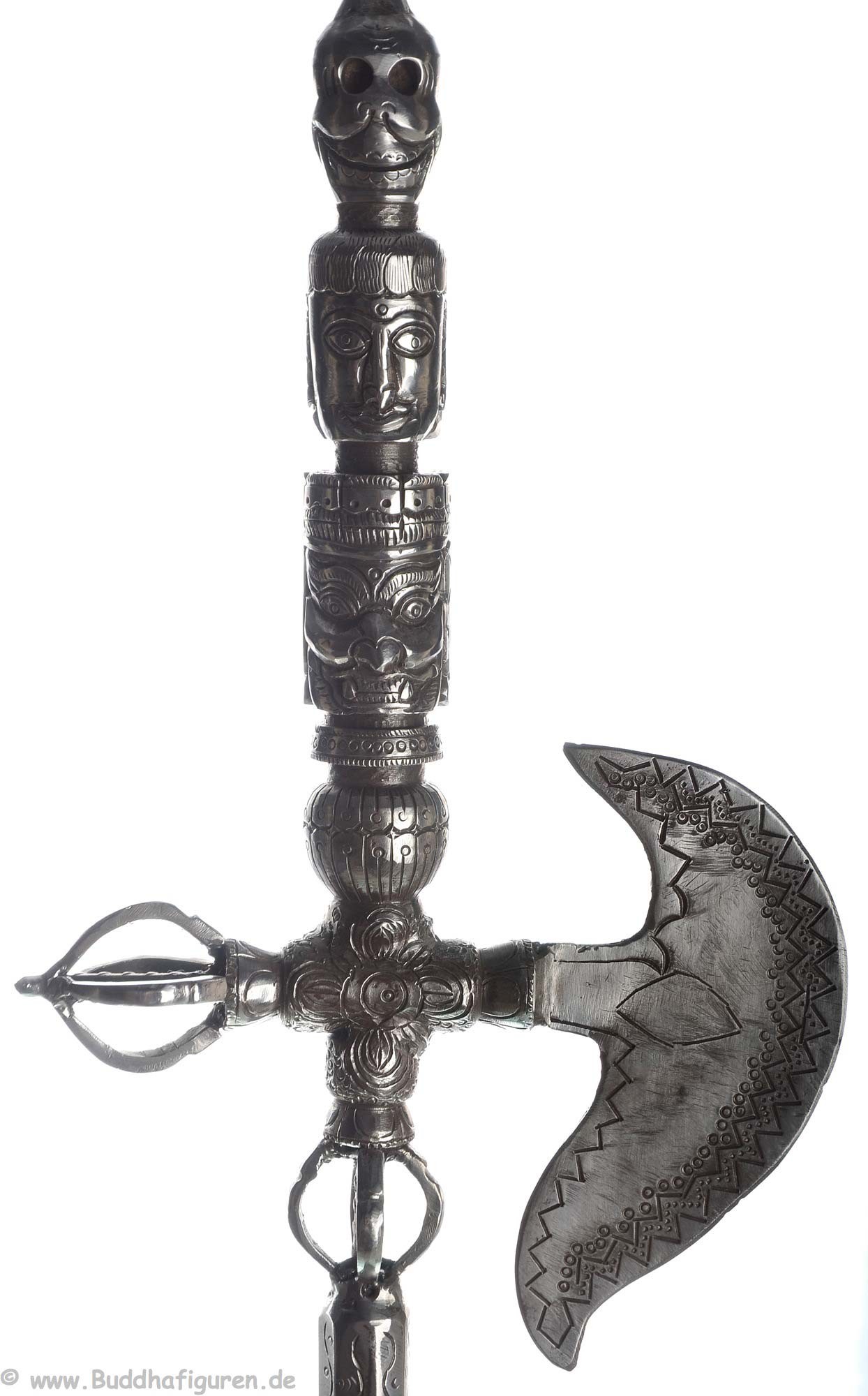
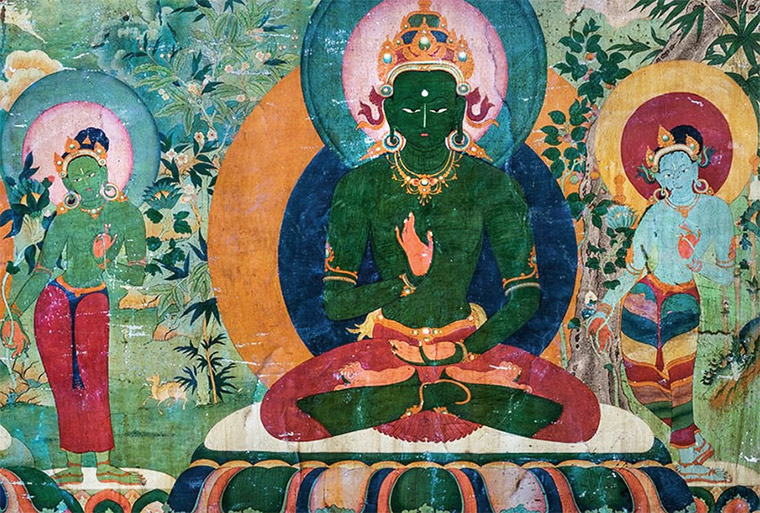







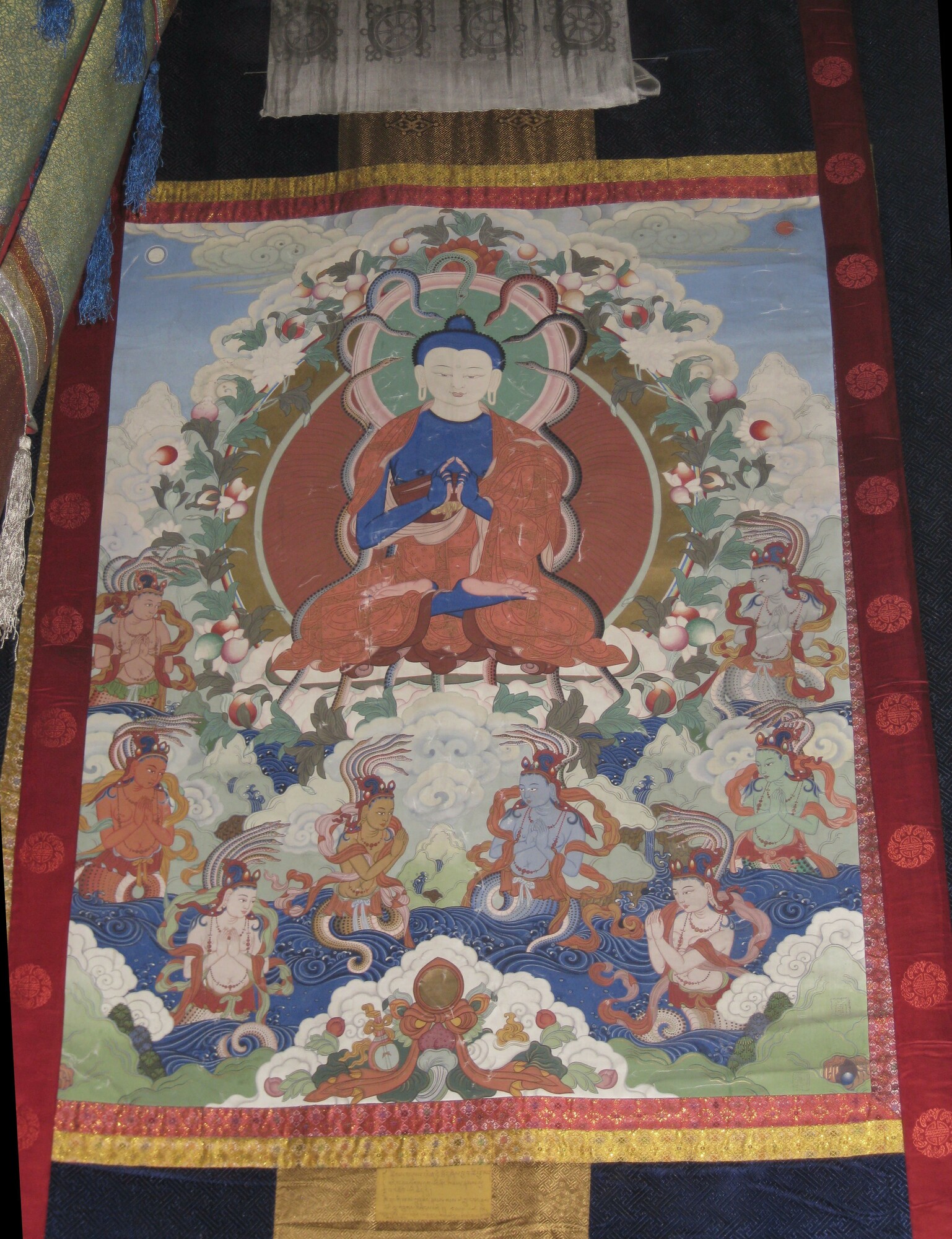



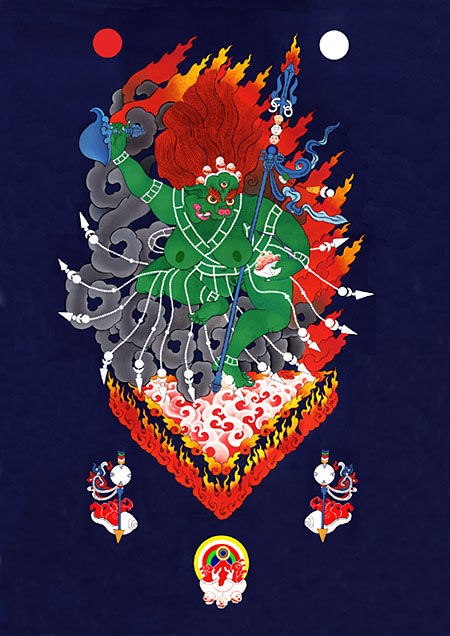
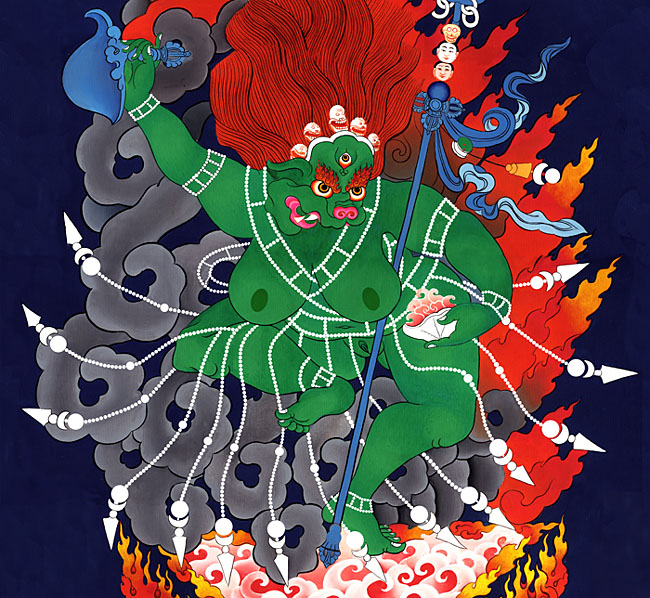
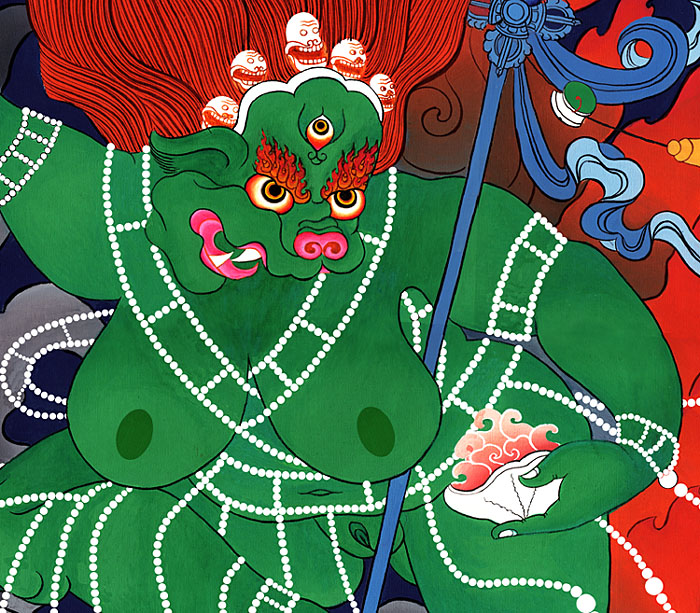
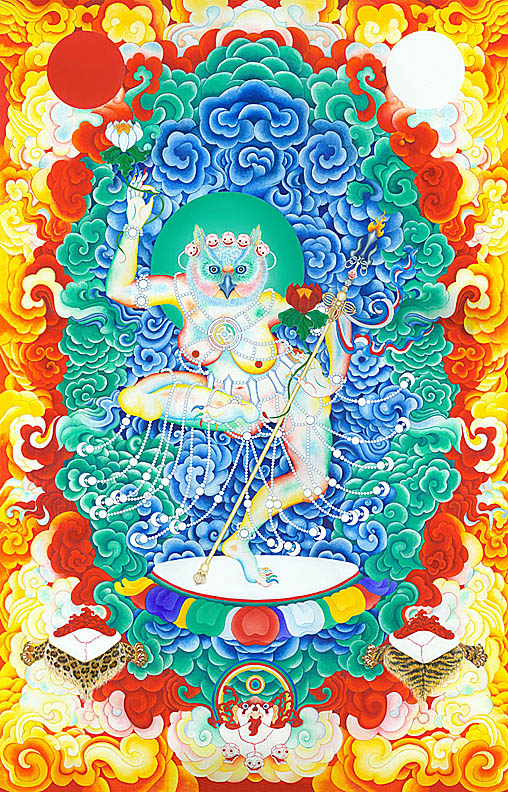
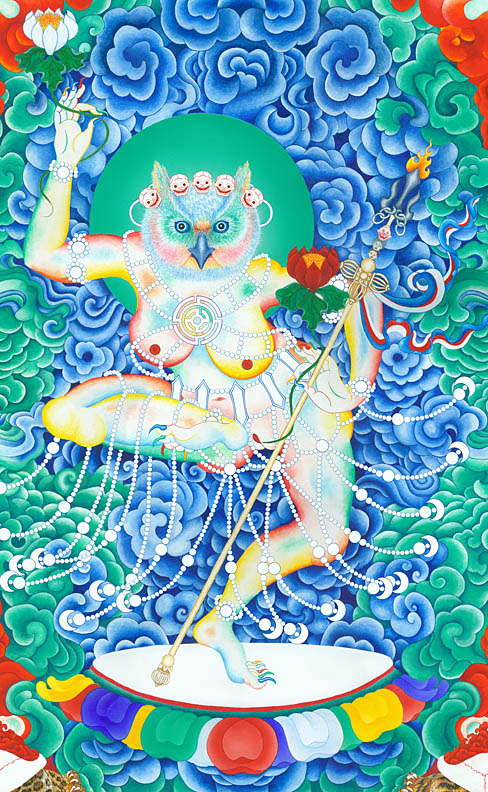
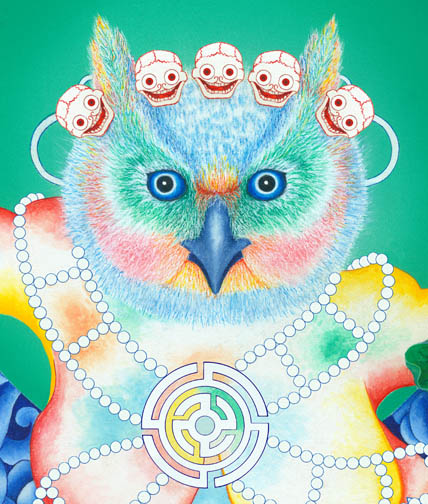
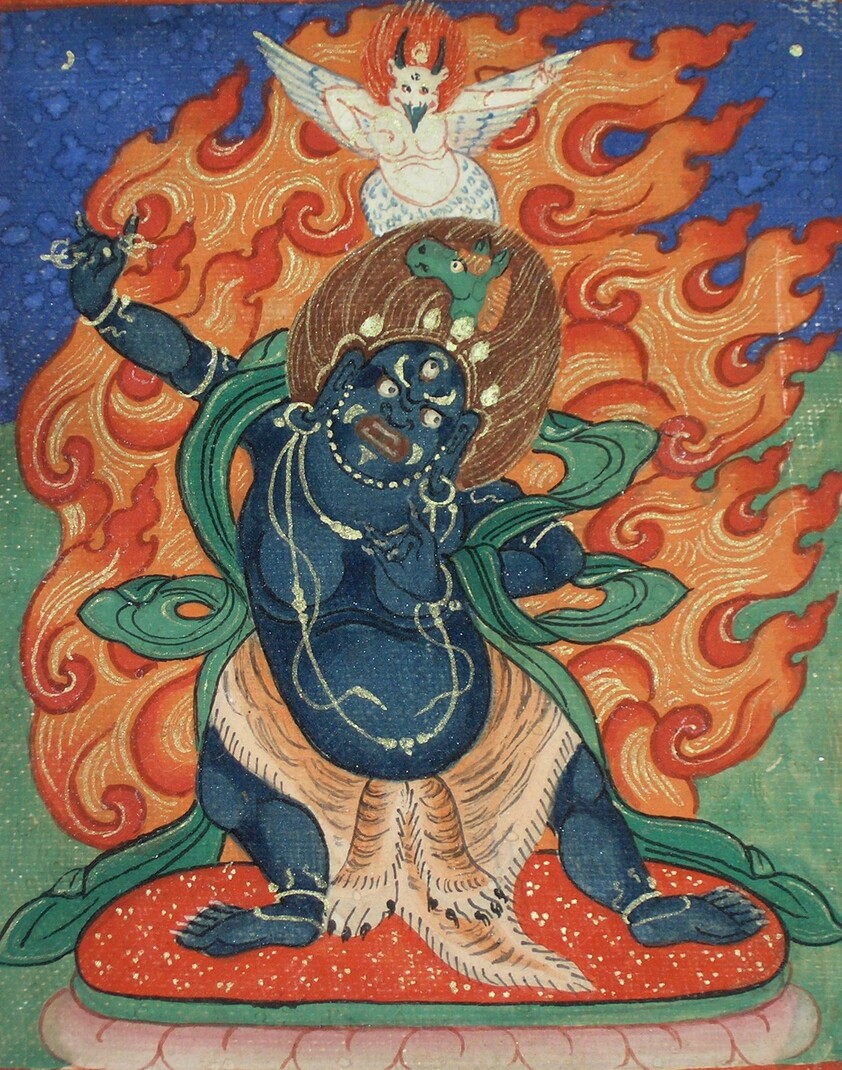
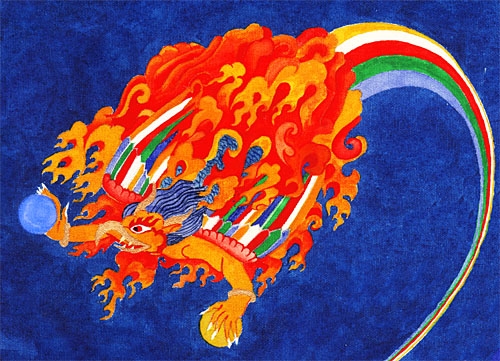

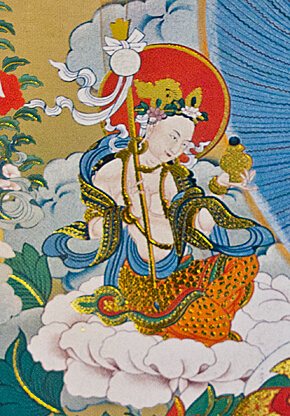

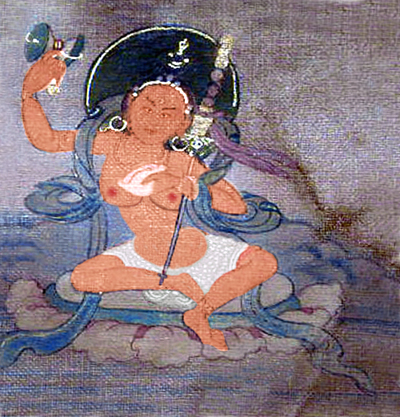

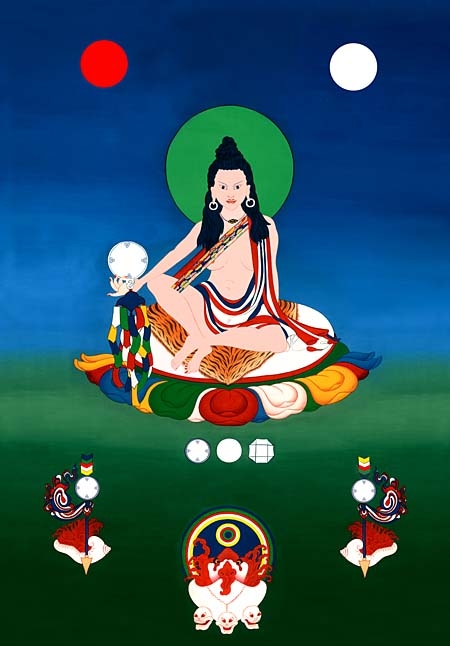


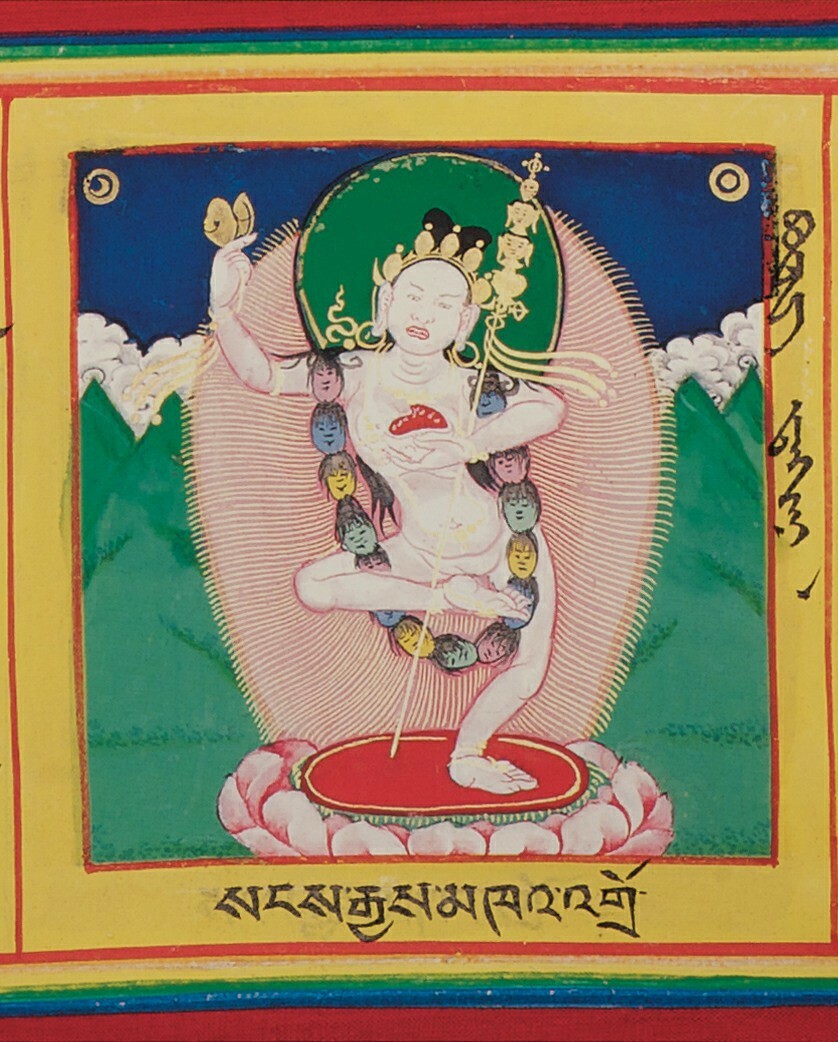
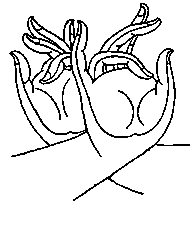
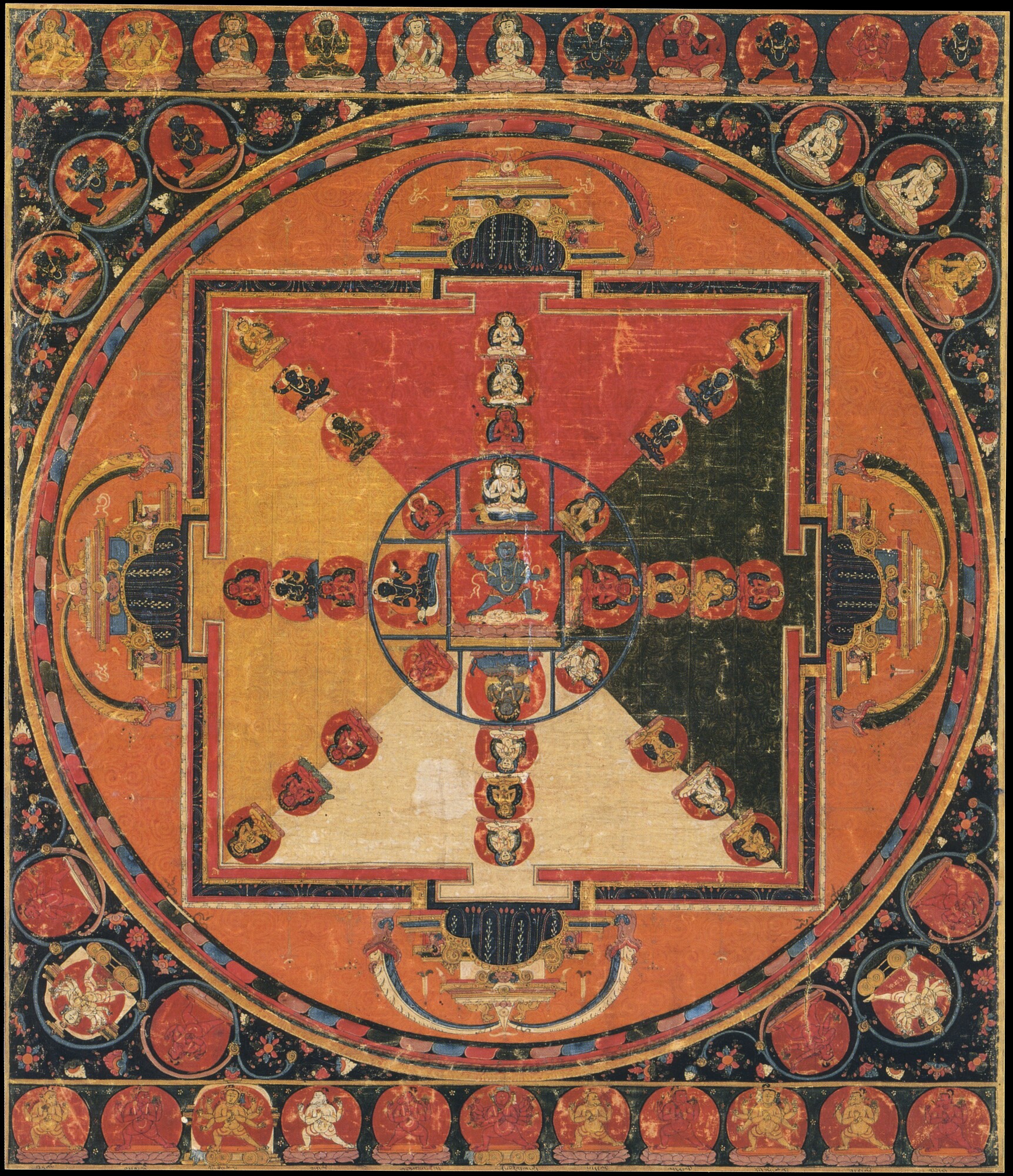
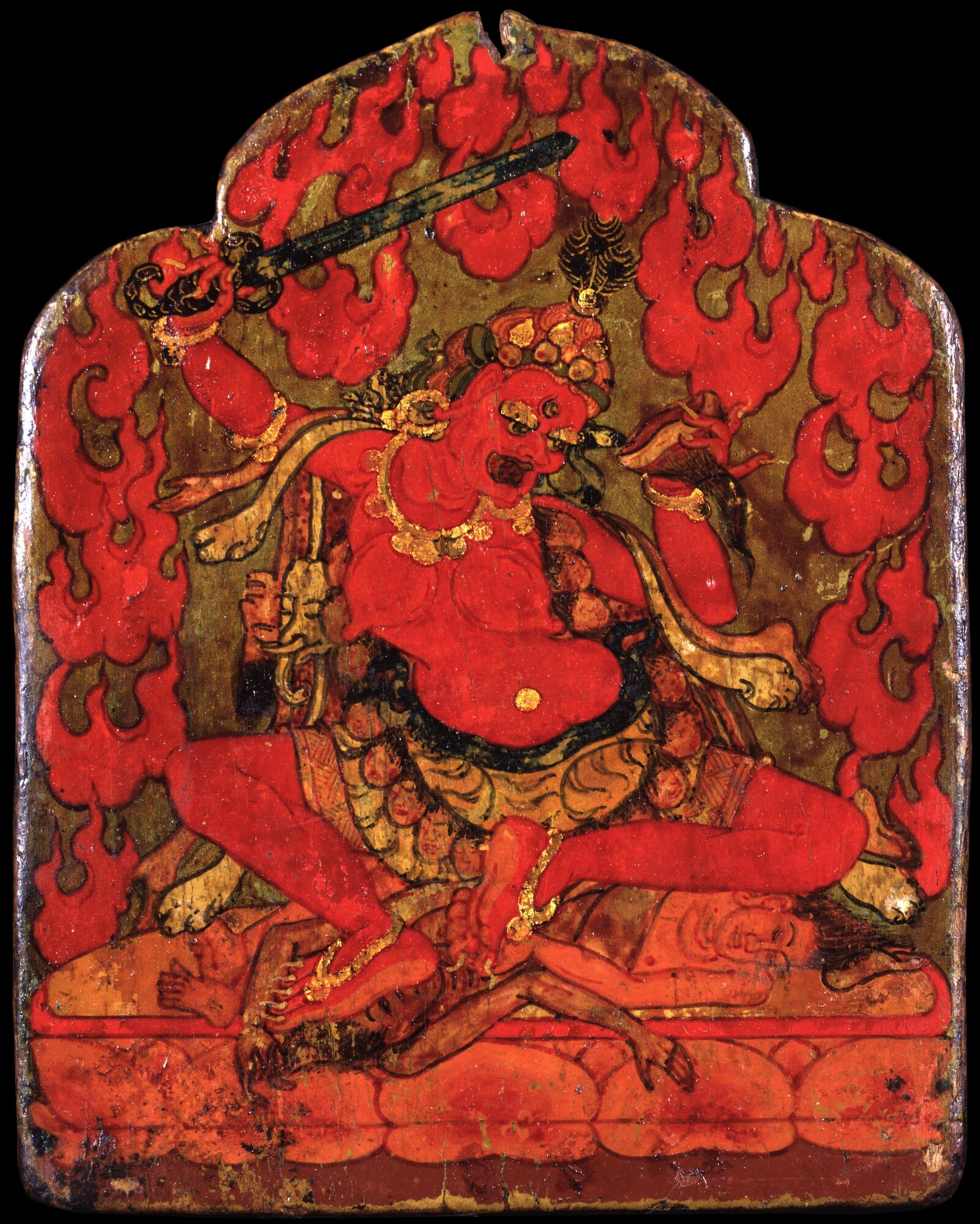
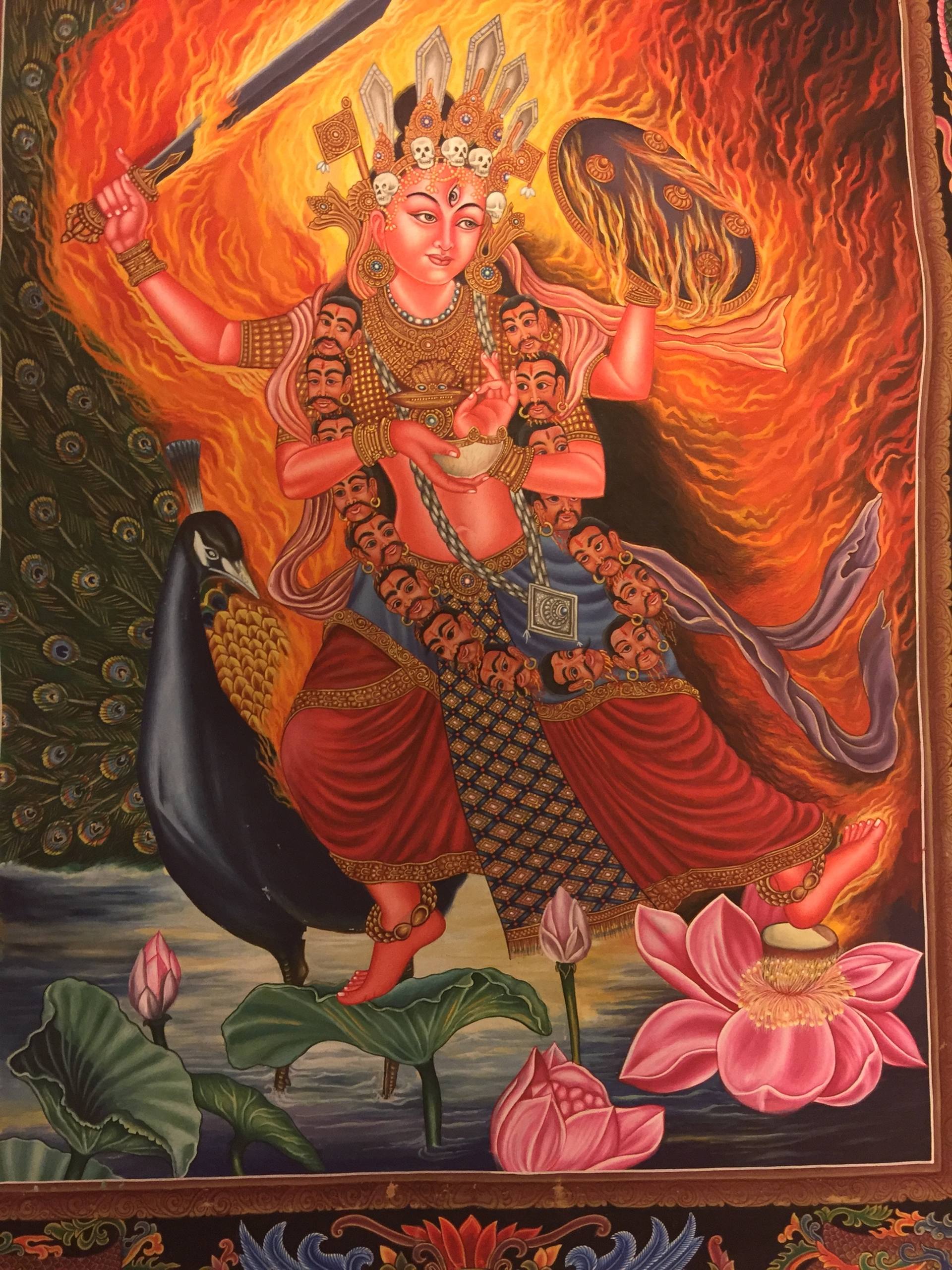
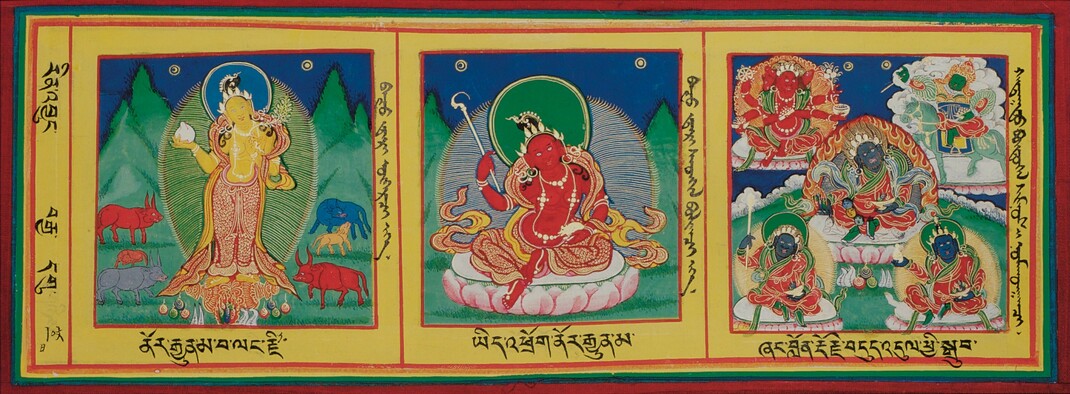
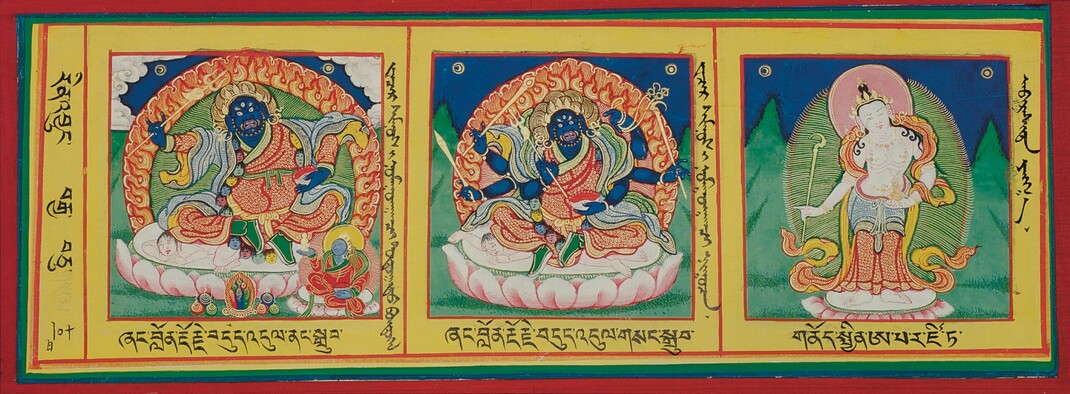
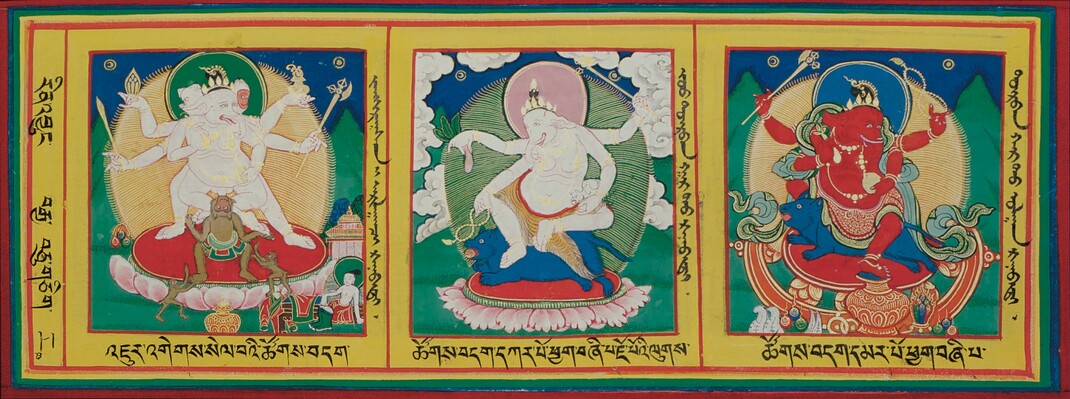
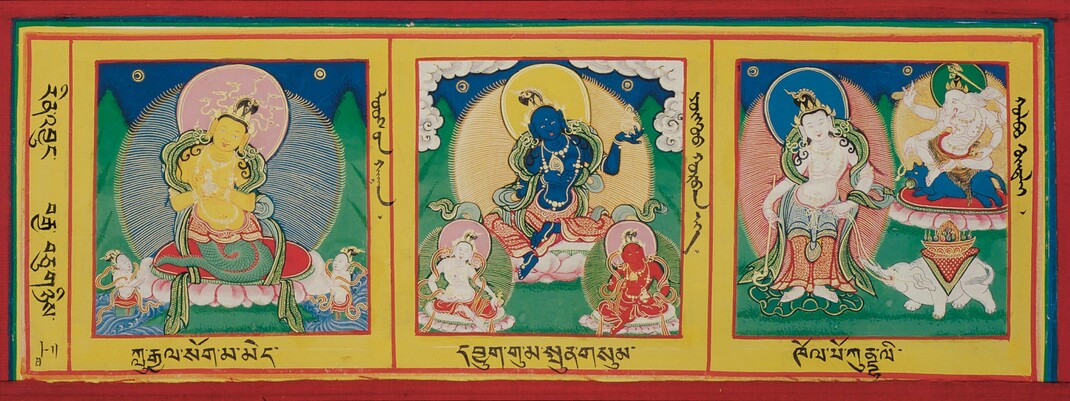
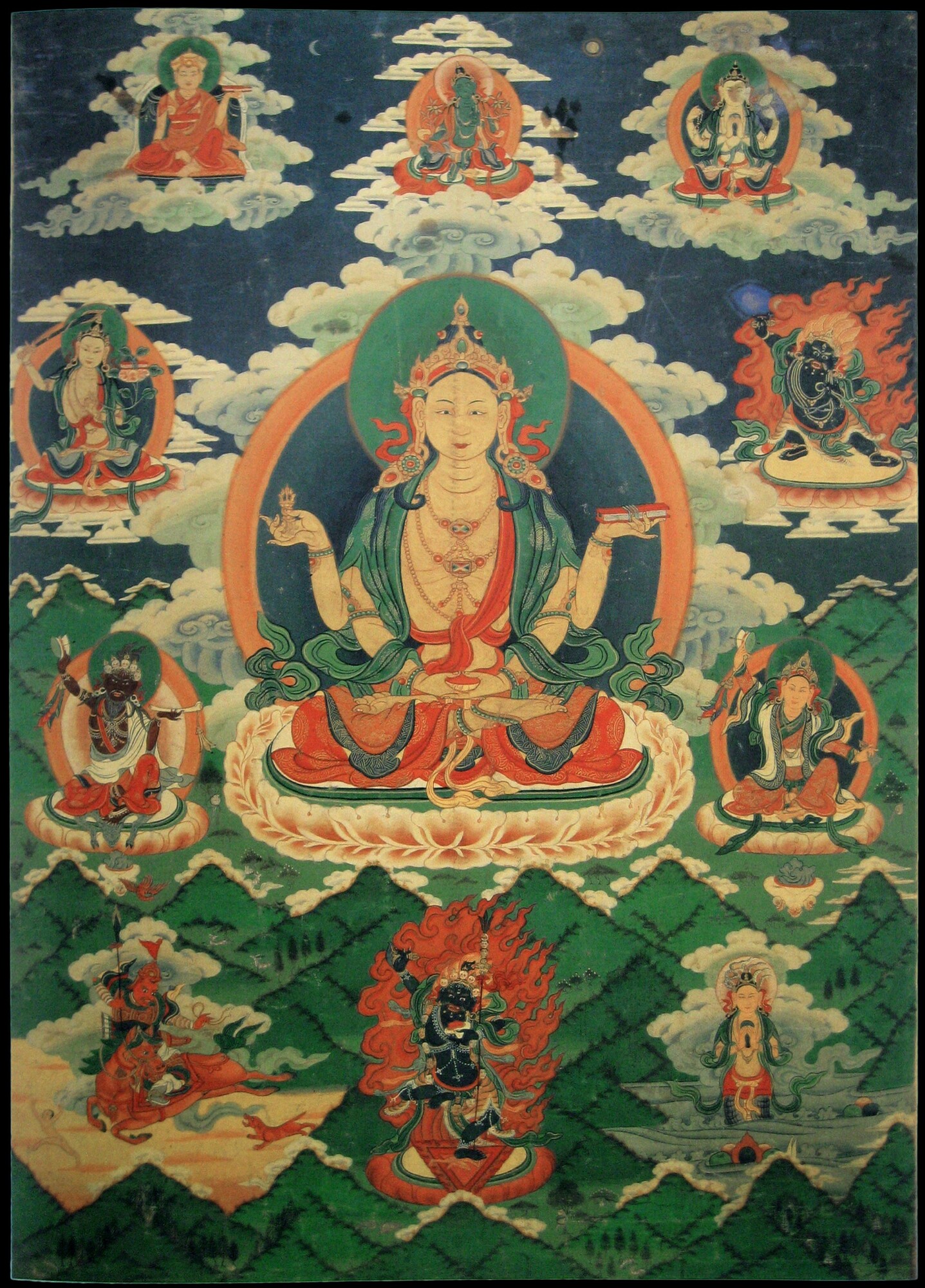



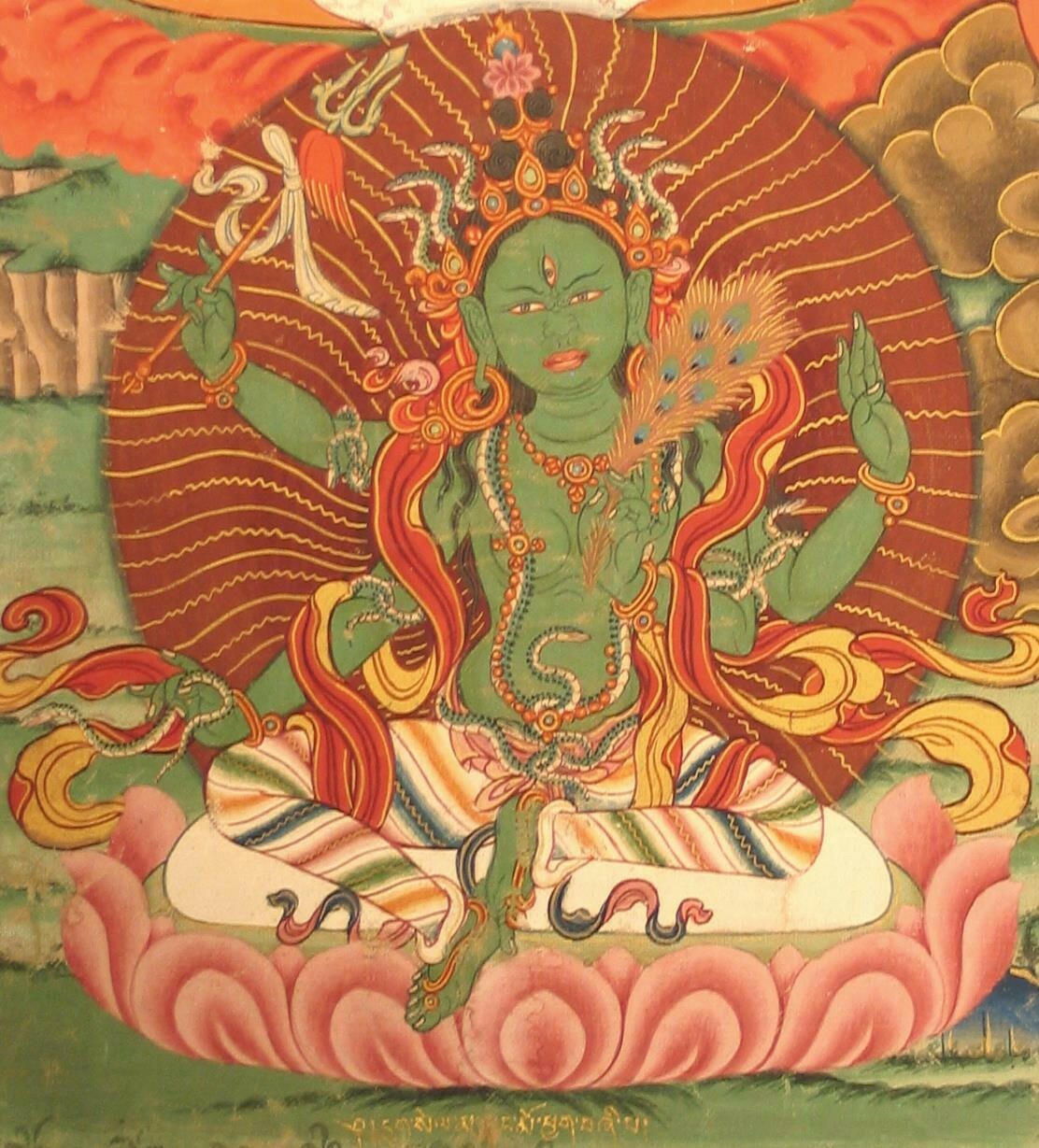
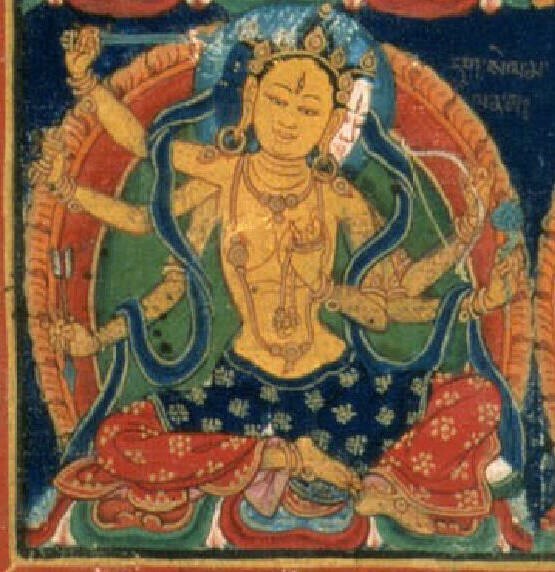

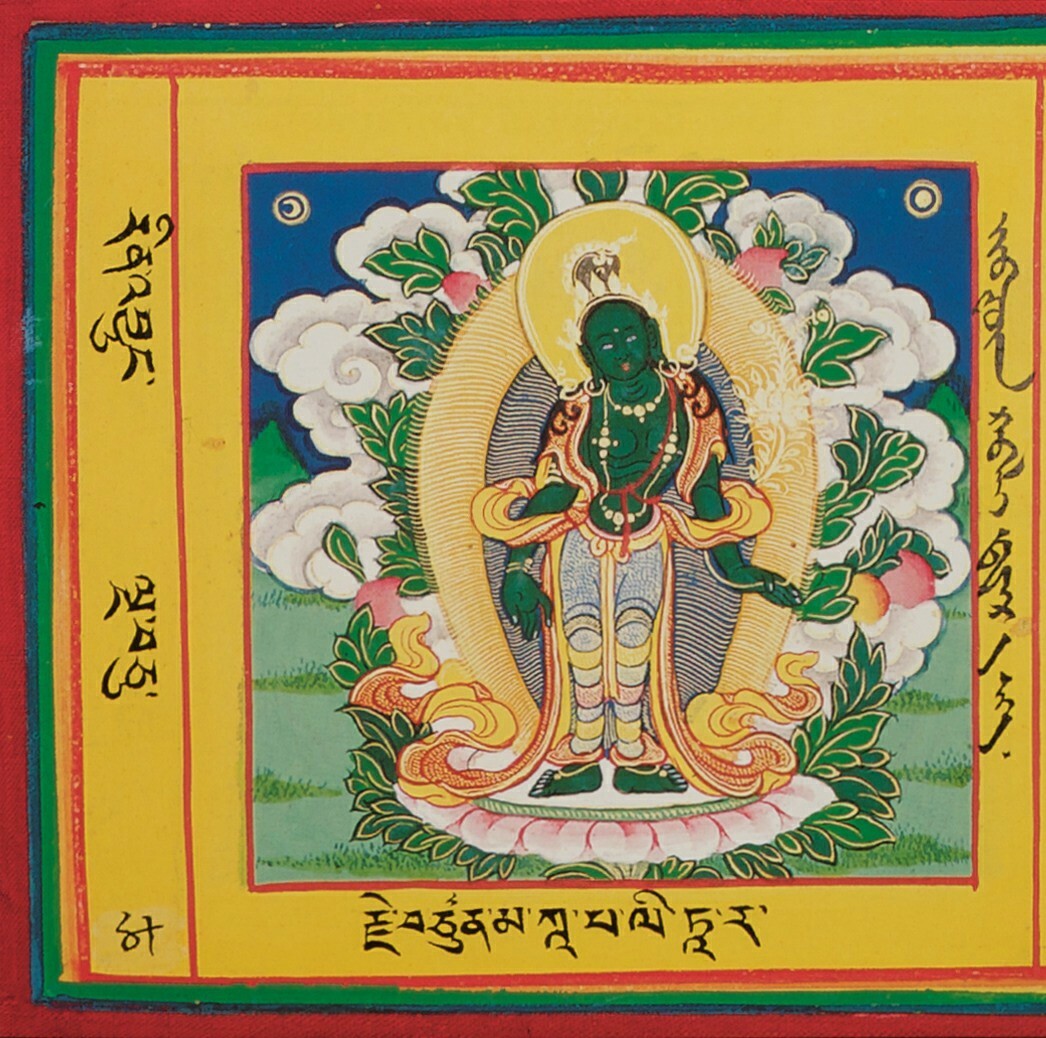
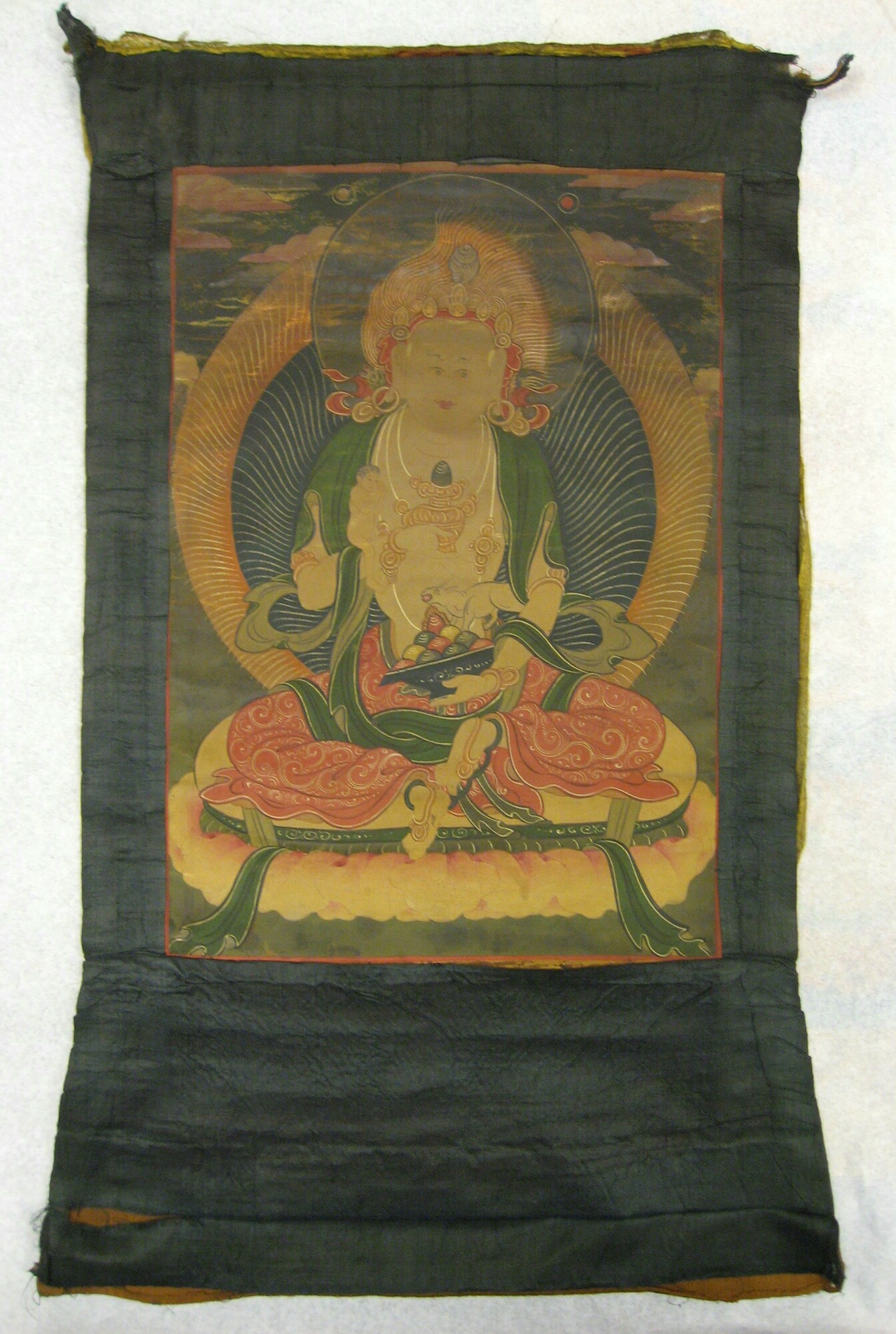
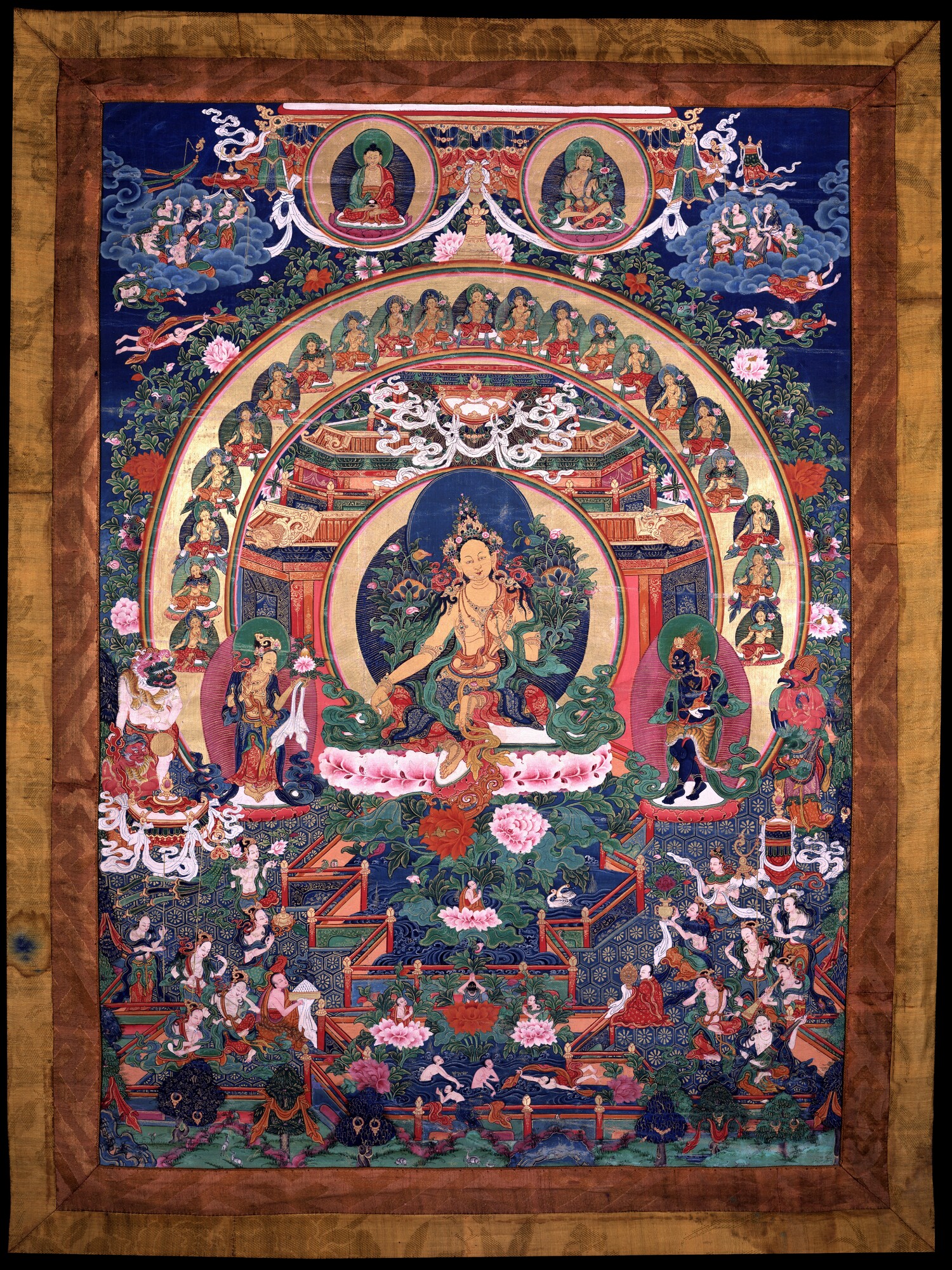
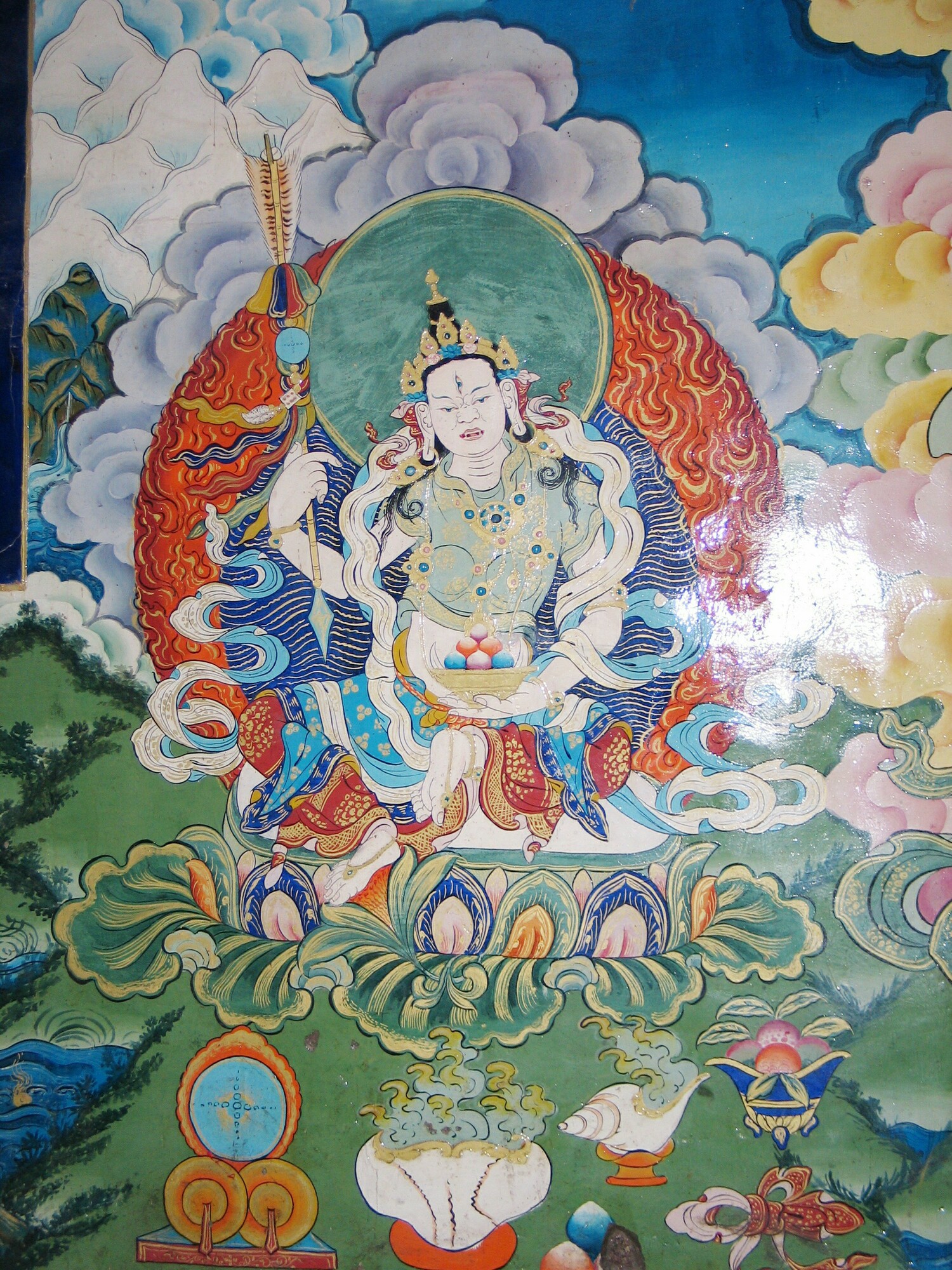
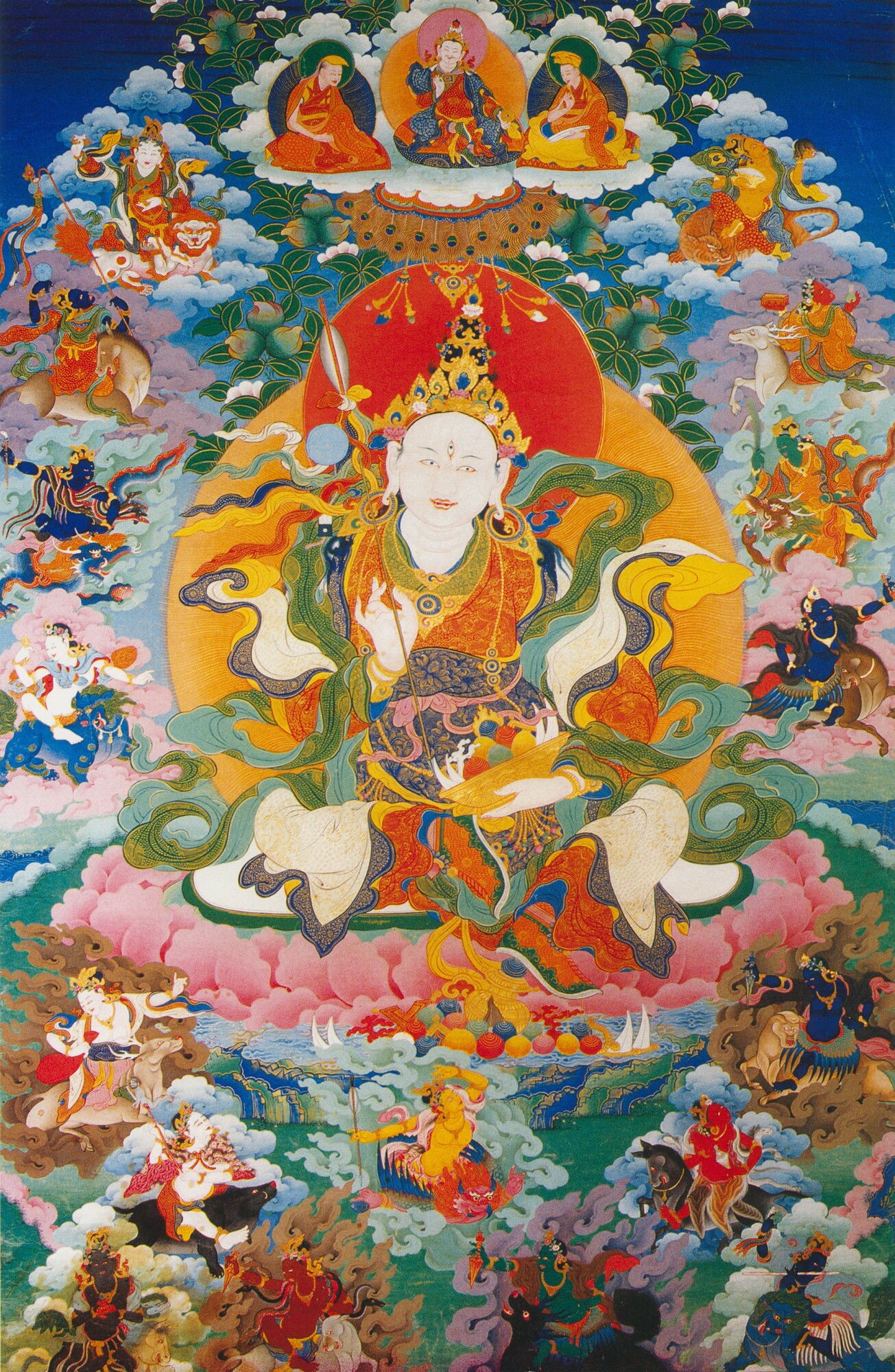
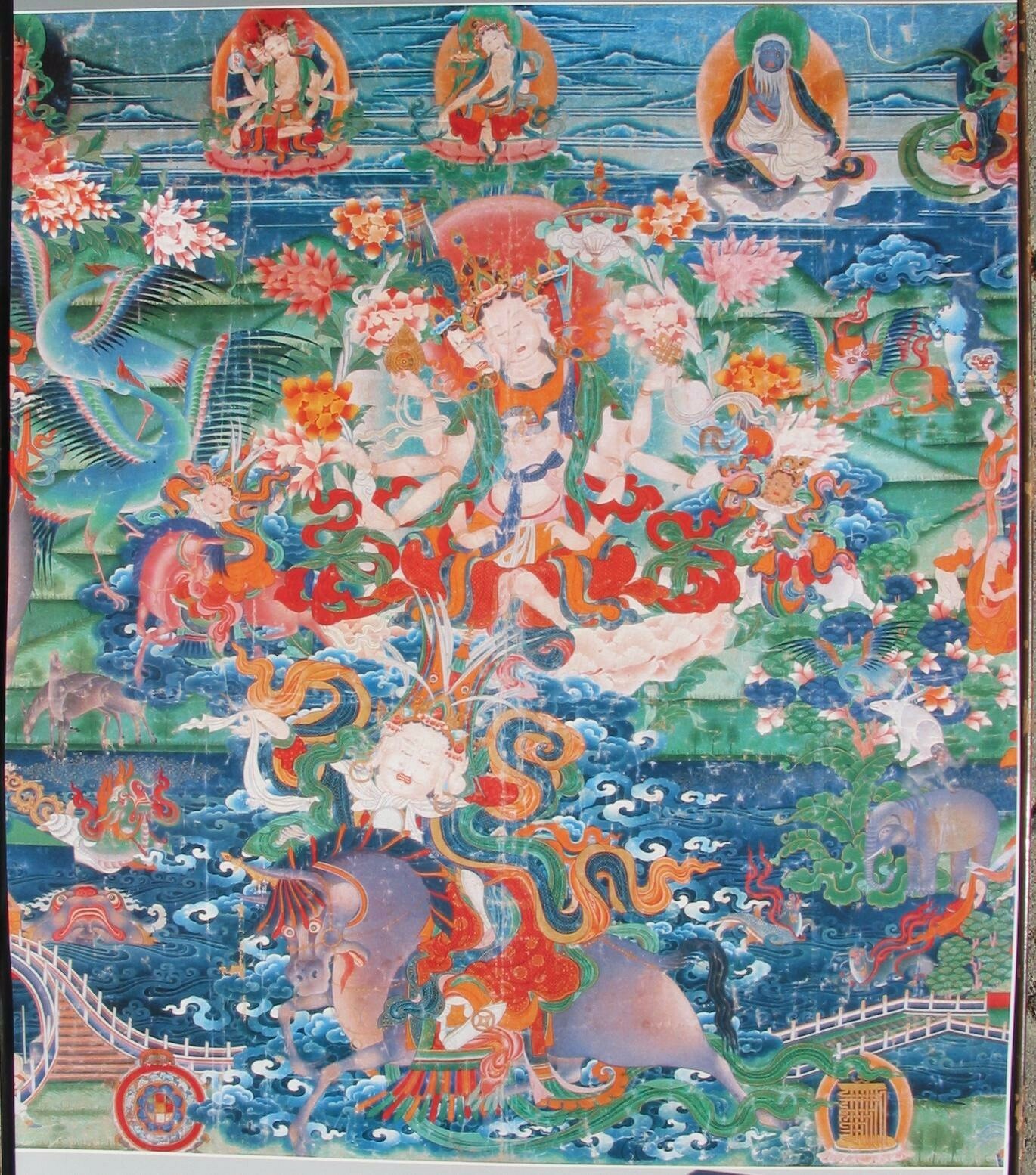

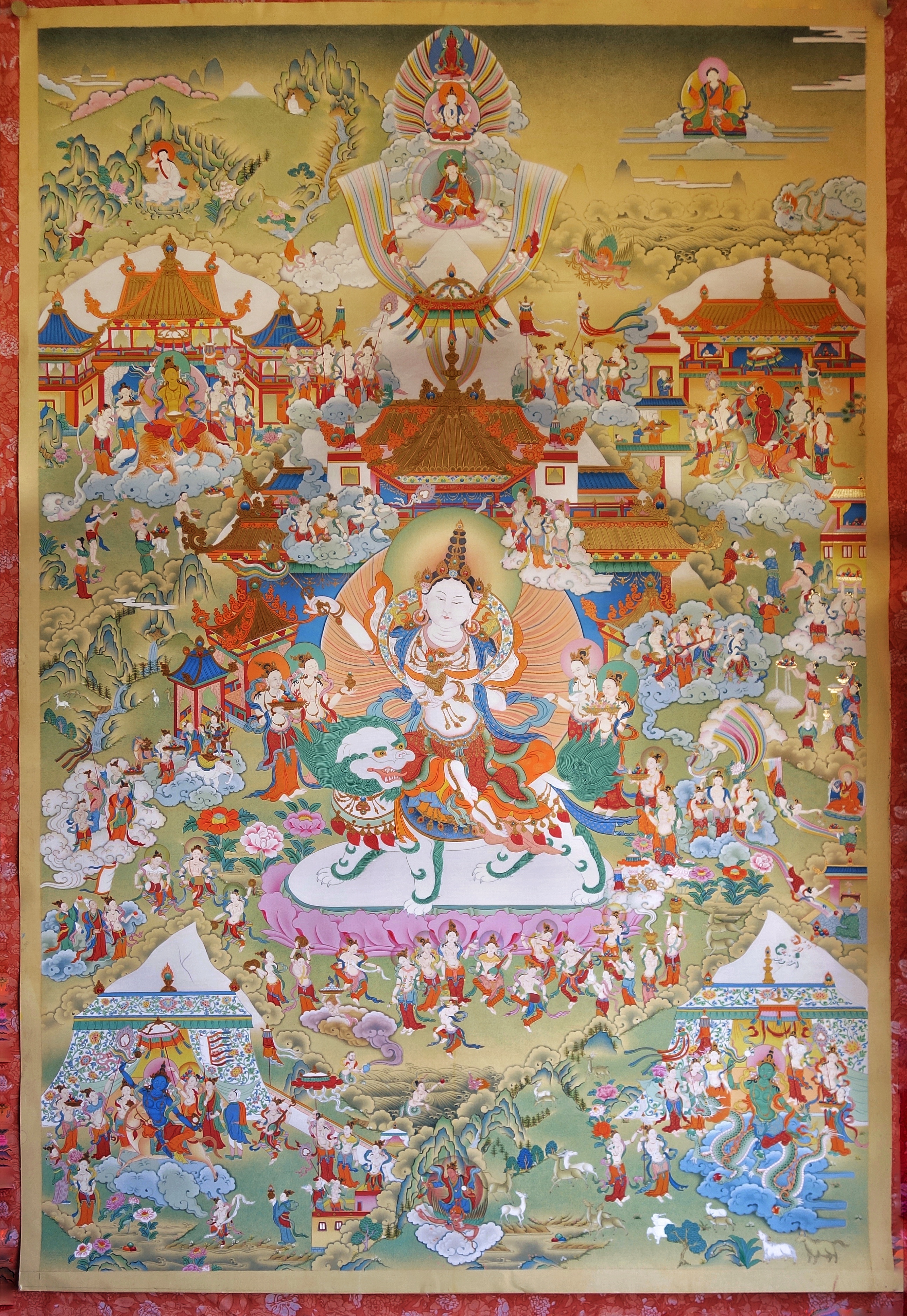

Bookmarks